Public Access AEDs: Saving Lives
Learn how Public Access AEDs double survival from cardiac arrest, deployment stats, regulatory insights and best practices.
Introduction
Out-of-hospital cardiac arrest (OHCA) affects over 26,000 Australians each year, yet only around 5% survive to hospital discharge. Of these, fewer than 2% receive bystander-delivered shocks using Public Access AEDs, despite this group having the highest survival rates of any OHCA cohort . Worldwide, OHCA survival averages just 7–8%, underscoring the critical need for rapid defibrillation .Automated external defibrillators (AEDs) placed in public spaces—also called public defibrillators or defibs—are designed for easy, step-by-step use by lay rescuers. By integrating AEDs into the “chain of survival,” communities can significantly improve outcomes for sudden cardiac arrest victims. In this guide, we’ll explore what Public Access AEDs are, examine their lifesaving impact, review Australia’s current coverage, and outline best practices for effective AED programmes.
What Are Public Access AEDs?
Public Access AEDs—or automated external defibrillators—are portable devices that analyse heart rhythm and, if necessary, deliver an electric shock to restore normal cardiac function. Key features include:
- Voice prompts & visual cues guiding users through CPR and pad placement.
- Automated rhythm analysis, ensuring shocks are only delivered when indicated.
- Battery and pad expiry indicators, alerting caretakers when maintenance is needed.
AEDs range from basic public units to advanced models with data-logging and wireless connectivity. All AEDs meet international safety standards (IEC 60601-2-4) and are approved for use by non-clinicians, making them ideal for airports, sports venues, shopping centres and community hubs.
Current AED Coverage in Australia
Australia has been a pioneer in PAD programmes—mandating defibrillators on international flights and in major airports as early as the 1990s . However, national PAD coverage remains uneven:
- South Australia became the first state to legislate public AED provision in November 2022, requiring AEDs in specified public venues .
- New South Wales offers grants for sporting clubs and councils to install AEDs, supporting over 2,000 devices statewide .
- Victoria’s “Defib in Your Street” initiative aims to place AEDs within 400 m of residents in high-risk postcodes, improving access and bystander response rates .
Despite these efforts, outside business hours AED availability can fall by up to 50%, limiting their lifesaving potential when most community arrests occur . A national AED registry and standardised placement guidelines would help address coverage gaps and guide policy.
Implementing Effective Public AED Programs
To maximise the impact of public defibrillators, programmes should include:
- Strategic placement in high-traffic, high-risk locations (e.g. malls, sports venues, schools).
- 24/7 accessibility, using outdoor, weather-proof cabinets with alarm systems.
- Community education on CPR and AED use, integrating awareness campaigns into local events.
- Maintenance protocols, including regular battery and pad checks, plus device readiness audits.
- Integration with EMS dispatch, enabling emergency call takers to guide bystanders to the nearest AED and track its status.
Successful PAD models—such as those in parts of Europe and North America—combine legislative support, AED registries, public training and tele-monitoring to sustain high readiness and utilisation.
Featured Products



Why Public Defibrillators Save Lives
Early defibrillation is the single most important intervention in OHCA. Every minute without defibrillation reduces survival by 10–12% . Bystander-delivered shocks via public AEDs can more than quadruple survival compared with no defibrillation before EMS arrival .Evidence from Victoria shows a 45% survival to discharge for witnessed OHCA cases first shocked with a public AED, compared to 22% when first shocked by paramedics . Similarly, modelling suggests that widespread public AED deployment could at least double Australia’s overall OHCA survival rate.
Key survival facts:
- Only 2% of Australian OHCA victims currently benefit from public defibrillation .
- In NSW, over 9,000 OHCAs occur outside hospitals annually, with just 10% surviving—but survival doubles when an AED is used within minutes .
- Victoria recorded 7,830 community cardiac arrests in 2022–23, yet only 139 involved public AED use; of 388 survivors, those treated with AEDs had markedly better outcomes.
Conclusion
Public Access AEDs are proven, cost-effective tools that can sharply improve survival from out-of-hospital cardiac arrest. Yet only a fraction of Australians reap these benefits due to limited coverage and awareness. By bolstering AED legislation, registry systems and community education, we can ensure every bystander is empowered to deliver lifesaving shocks within minutes.
Ready to save a life?
Advocate for AED installation in your community, join a CPR and AED training course today, and register local defibrillators with your state’s PAD registry. Together, we can double Australia’s OHCA survival rate—one shock at a time.
Public access AEDs are life-saving defibrillators designed for rapid response to sudden cardiac arrest in public spaces. Easy to use by untrained bystanders, these automated external defibrillators deliver clear voice prompts and only shock when required—helping bridge the critical time before emergency services arrive. Widely used in workplaces, schools, sports venues and community areas, public defibrillators are proven to dramatically improve survival outcomes.
Items included in this collection:
• Public access AED units approved for bystander use
• Outdoor and indoor AED cabinets with alarms and visibility lights
• AED batteries and replacement electrode pads
• IoT and remotely monitored AED accessories
• Weather-resistant cabinets for 24/7 public access
• AED signage and mounting solutions
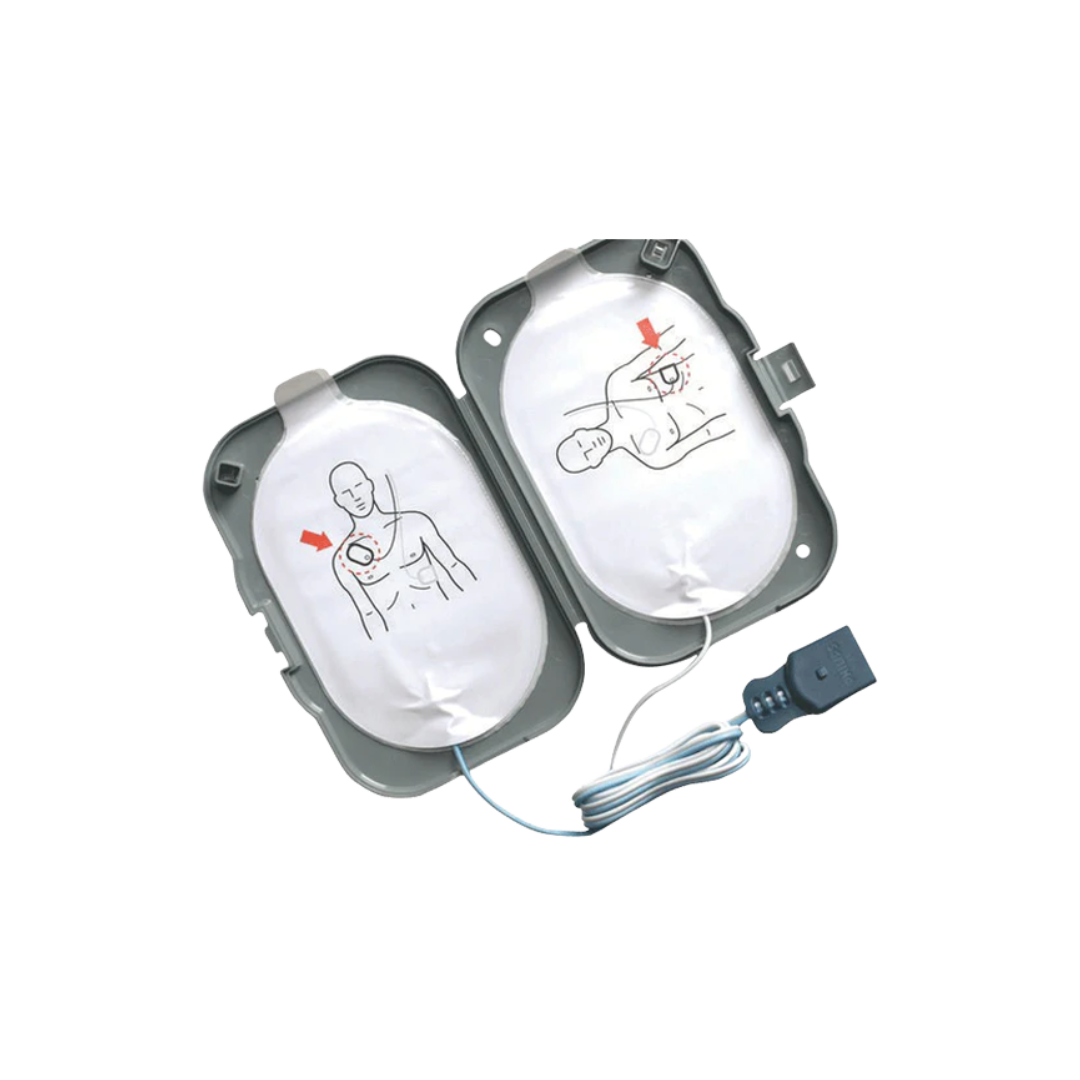
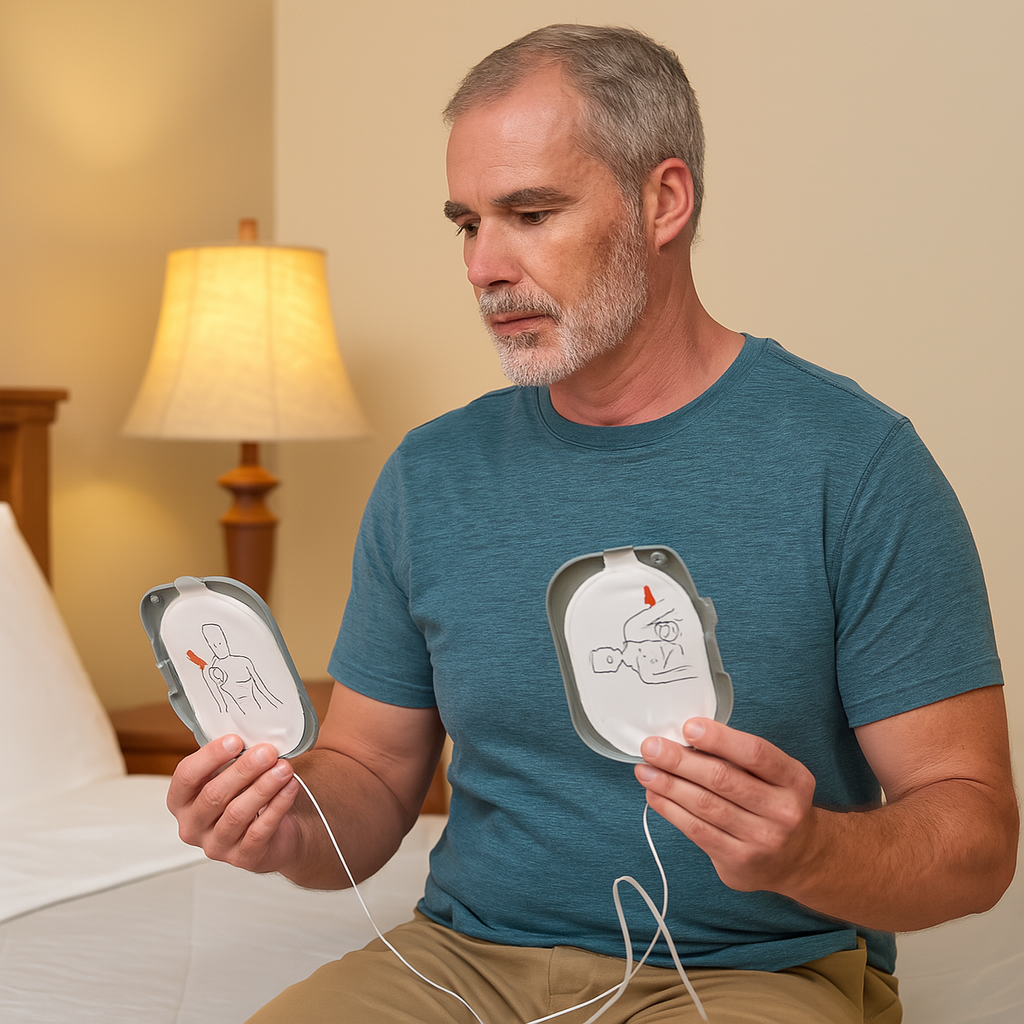

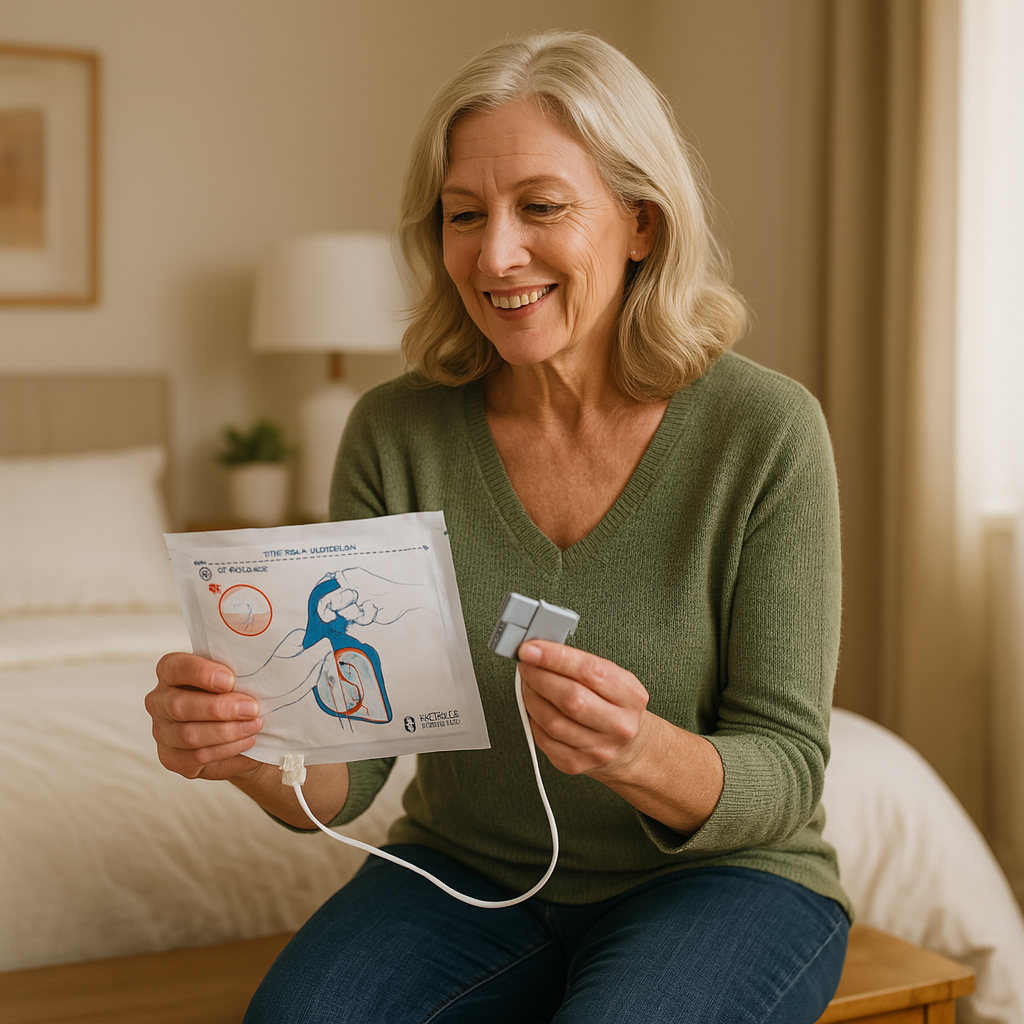
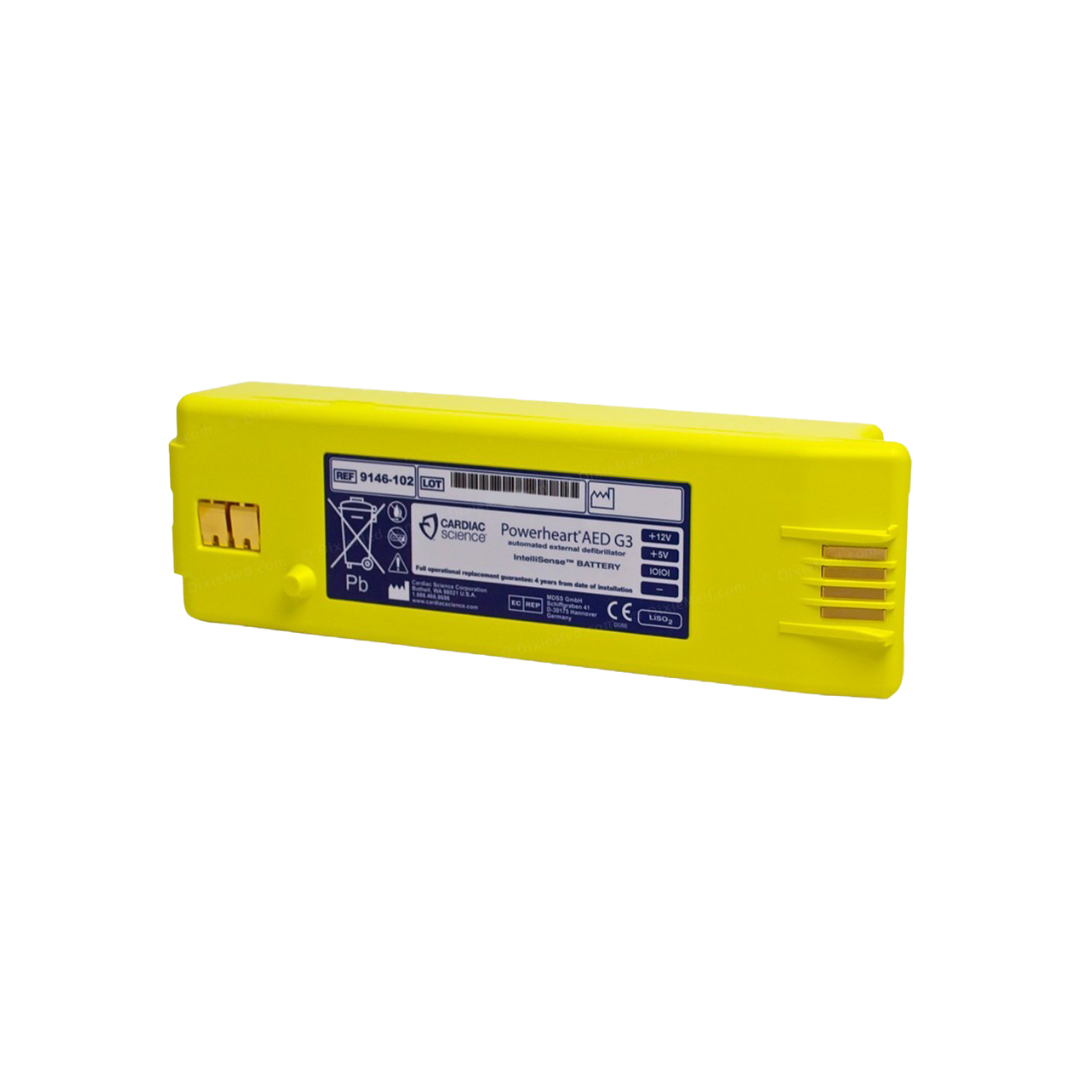
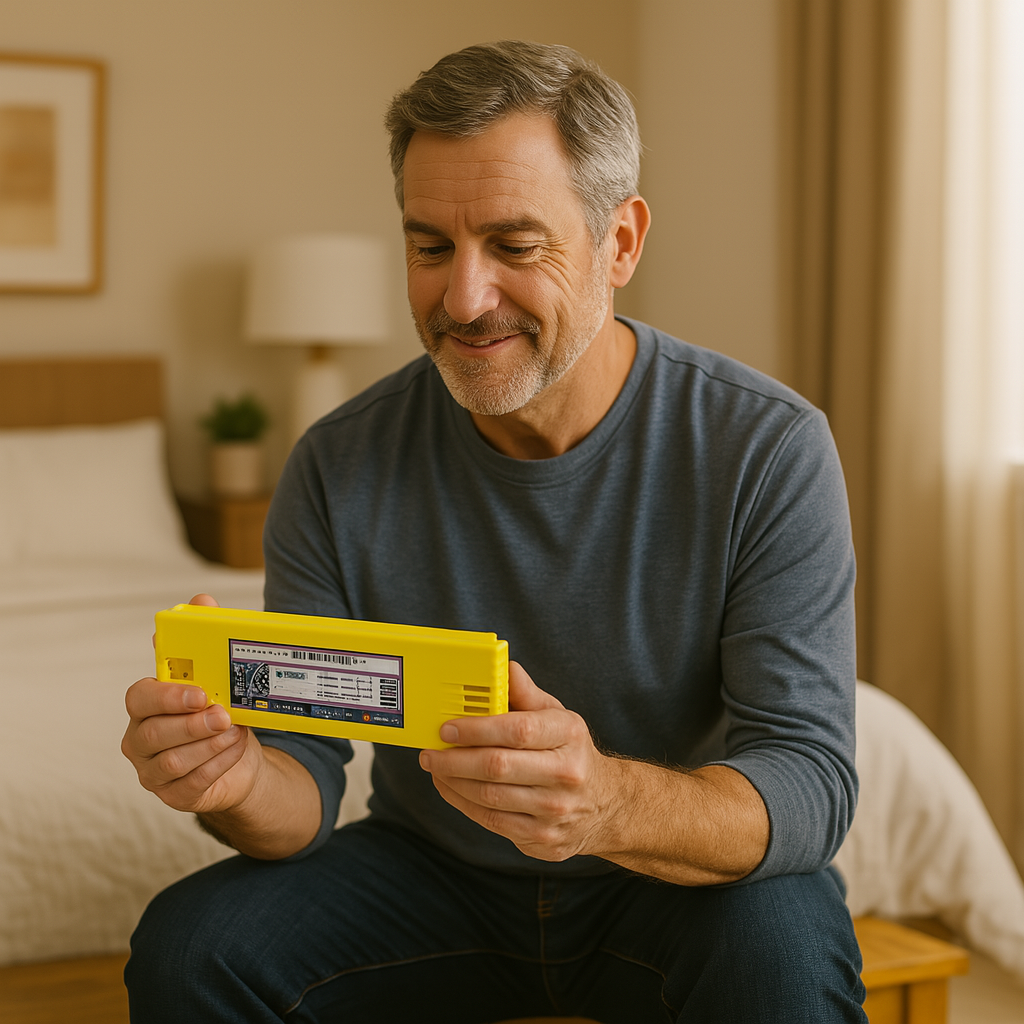
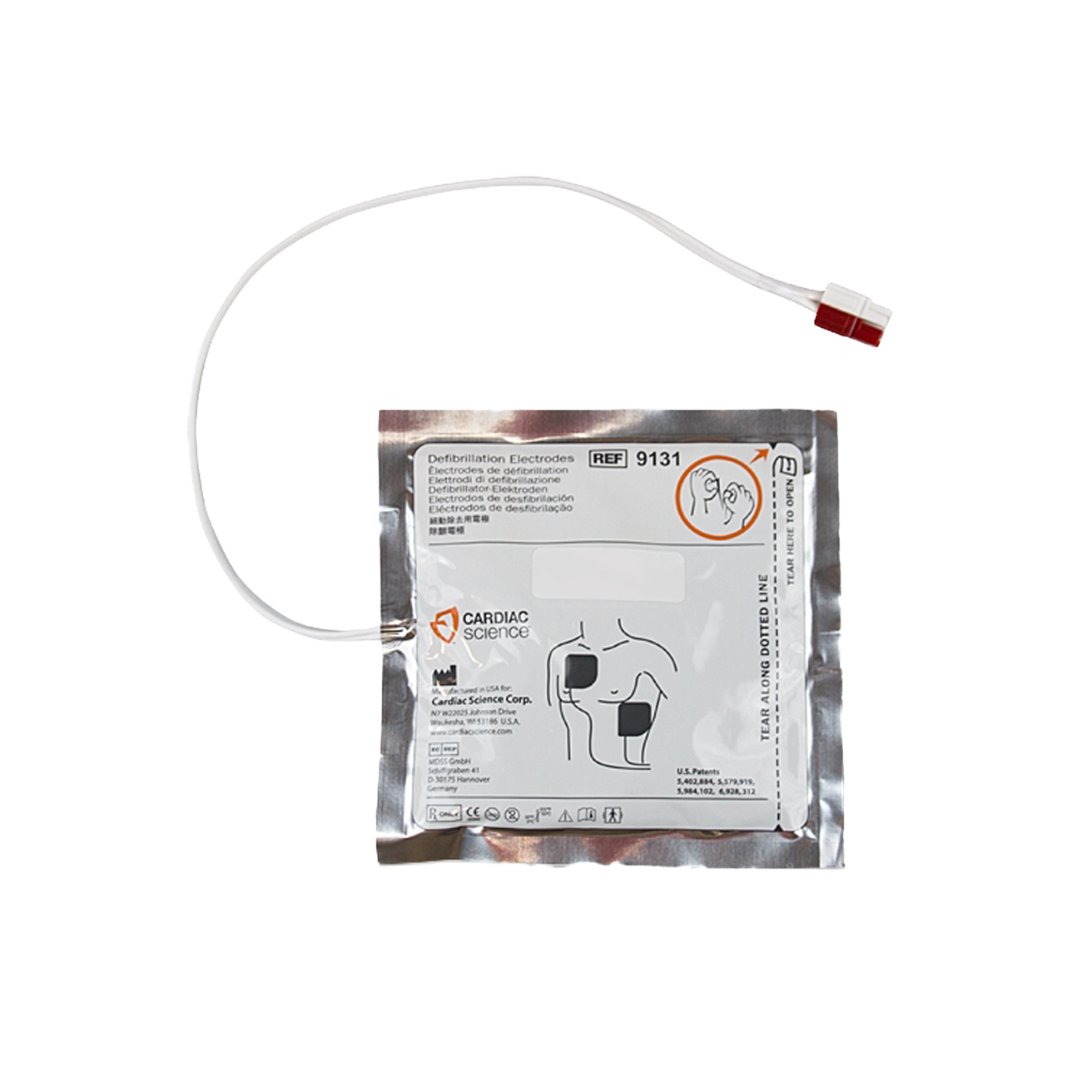
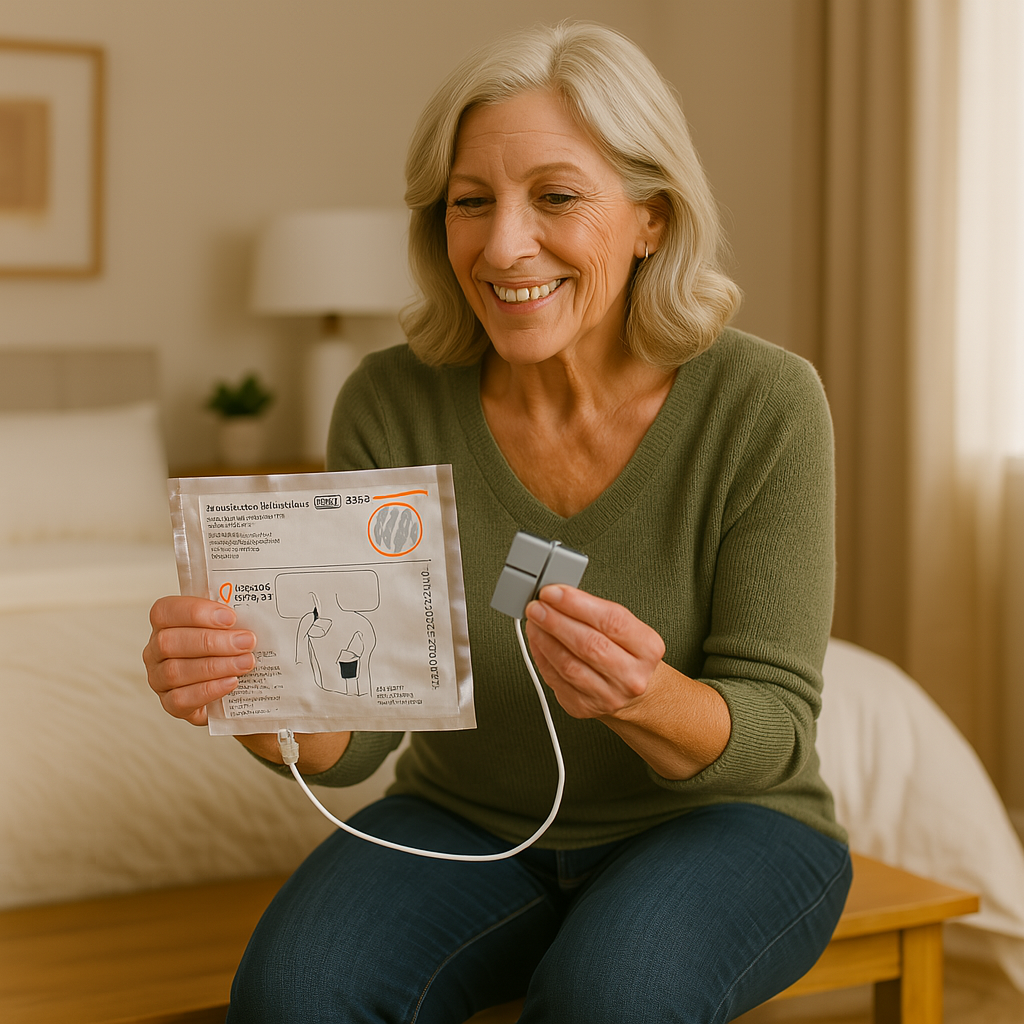
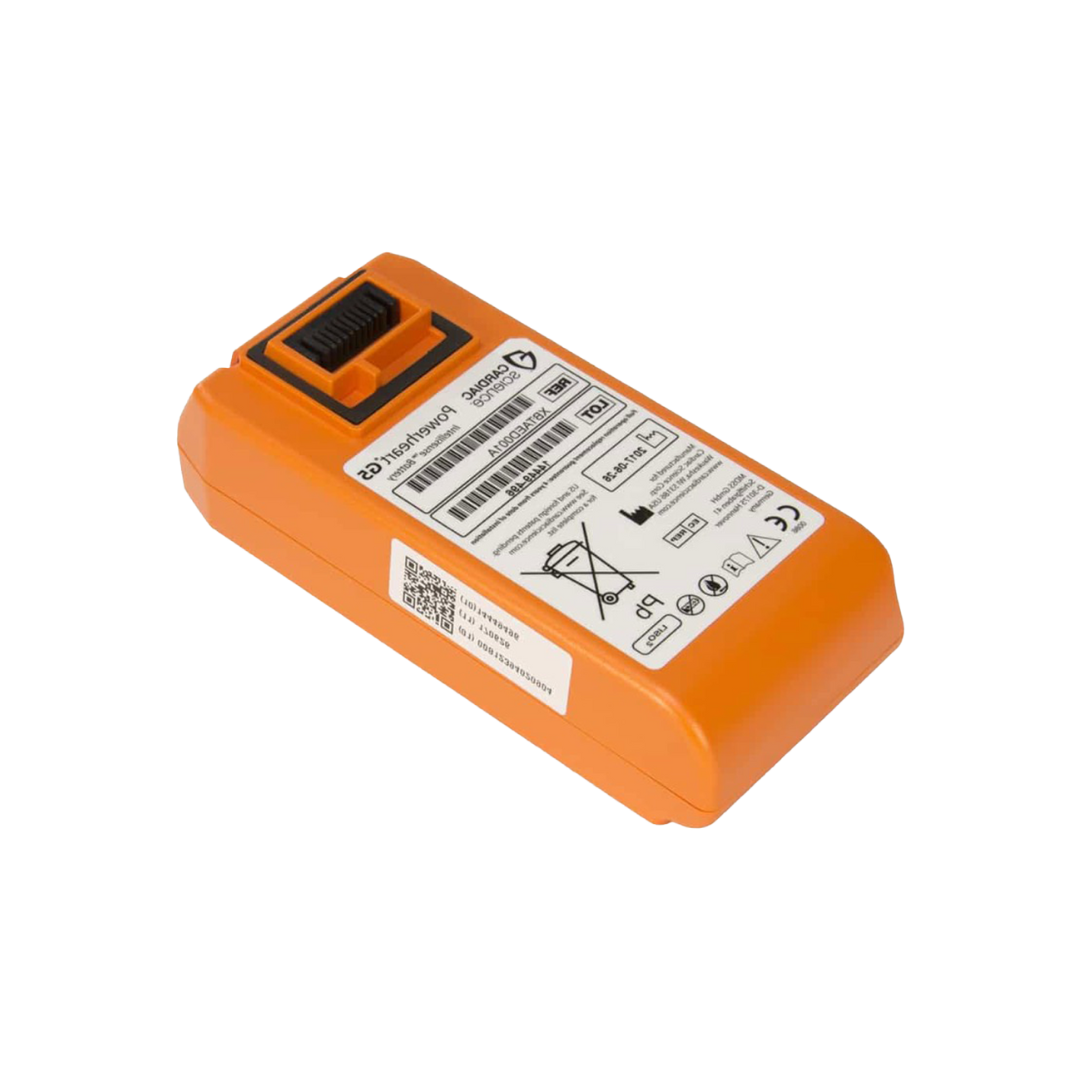
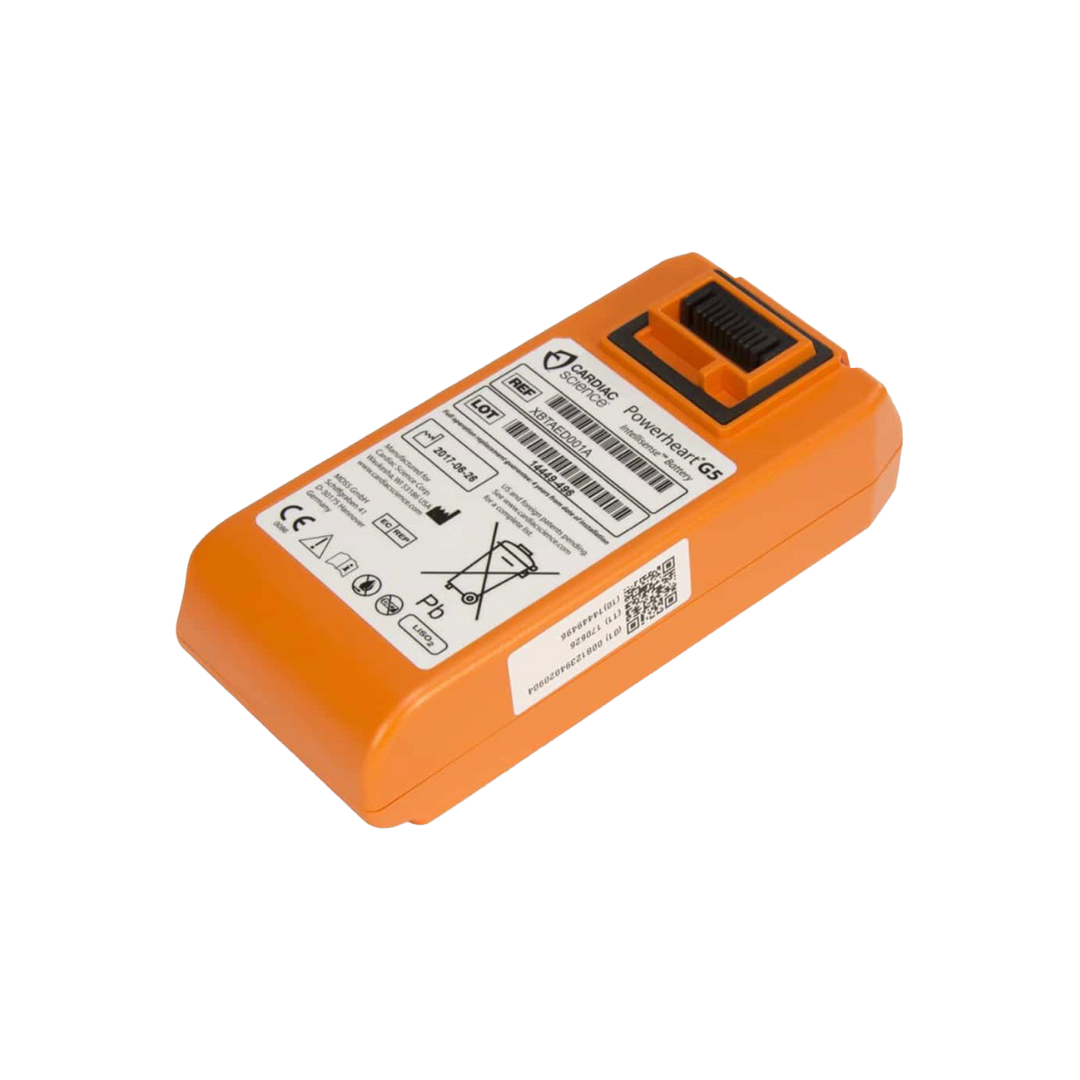
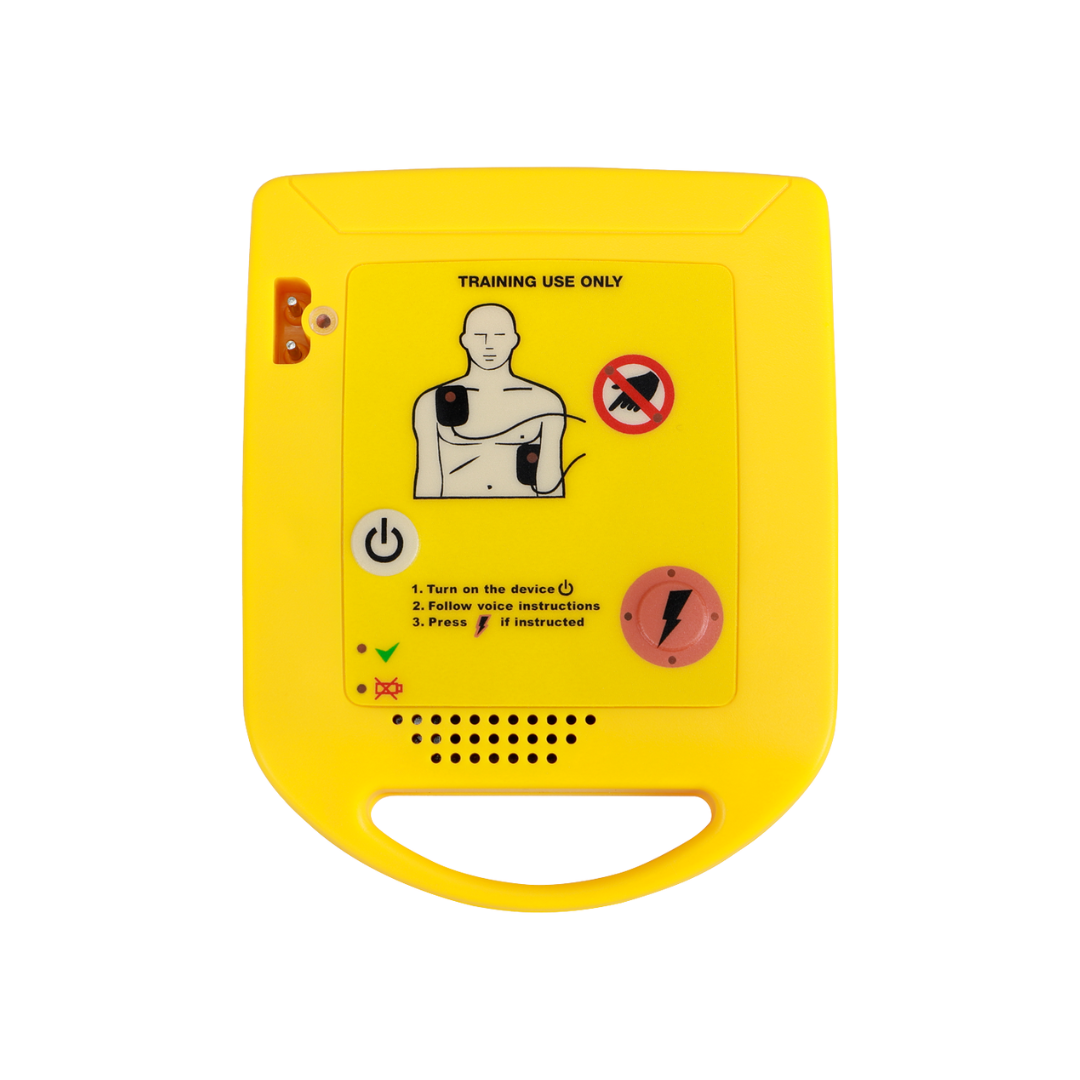
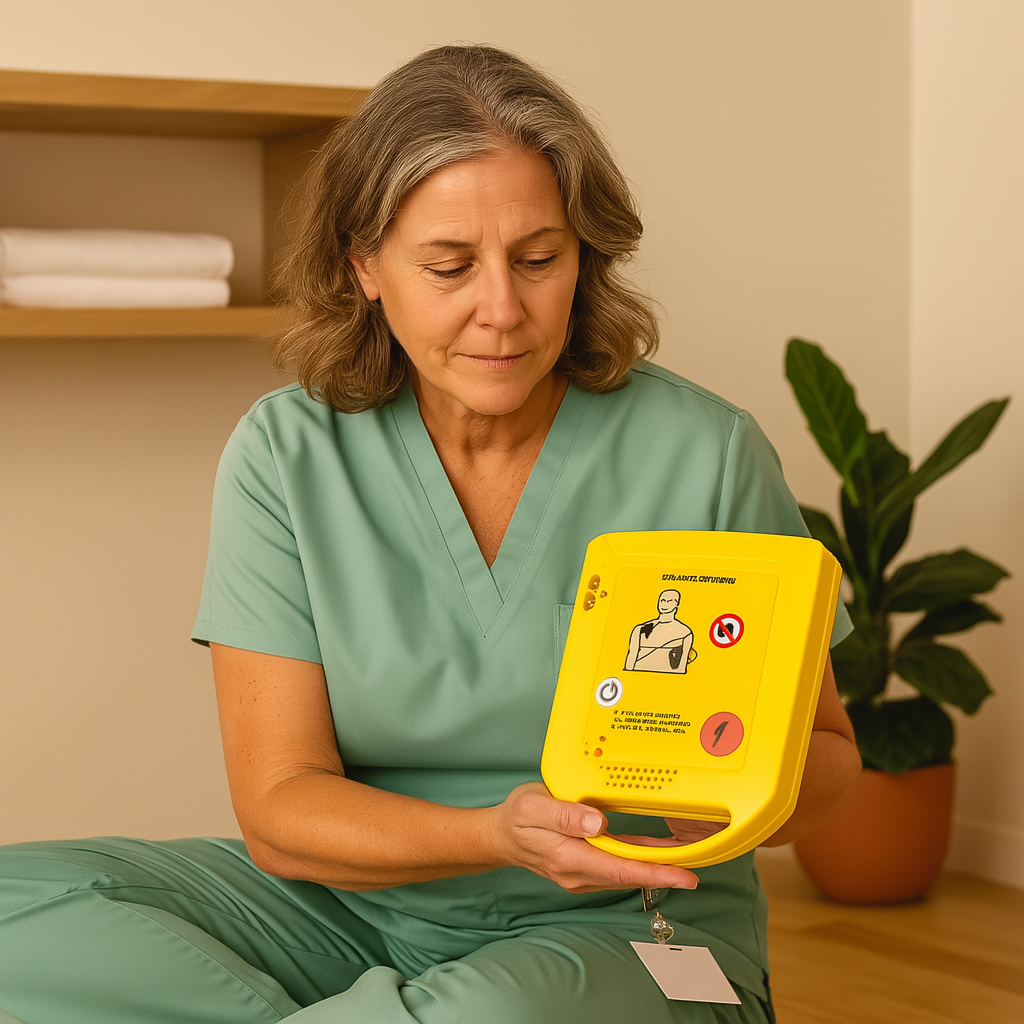

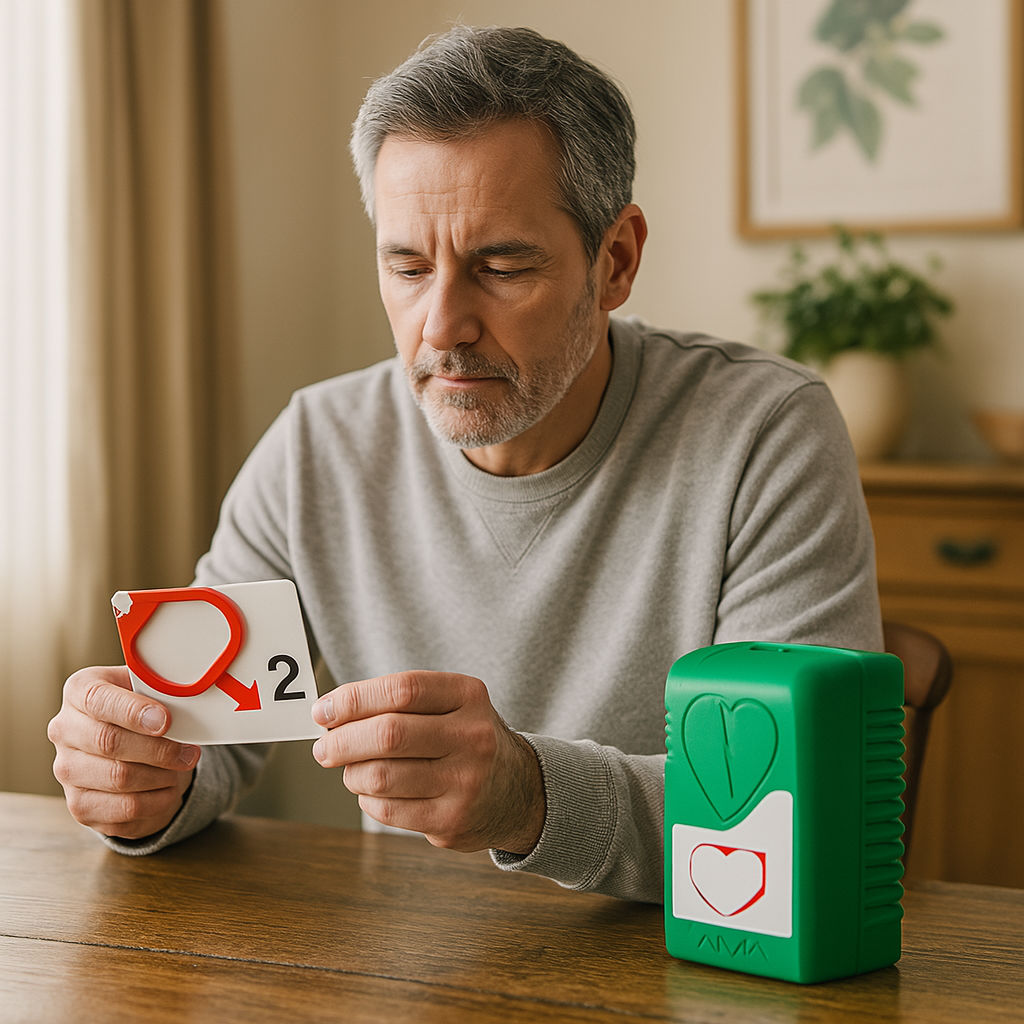
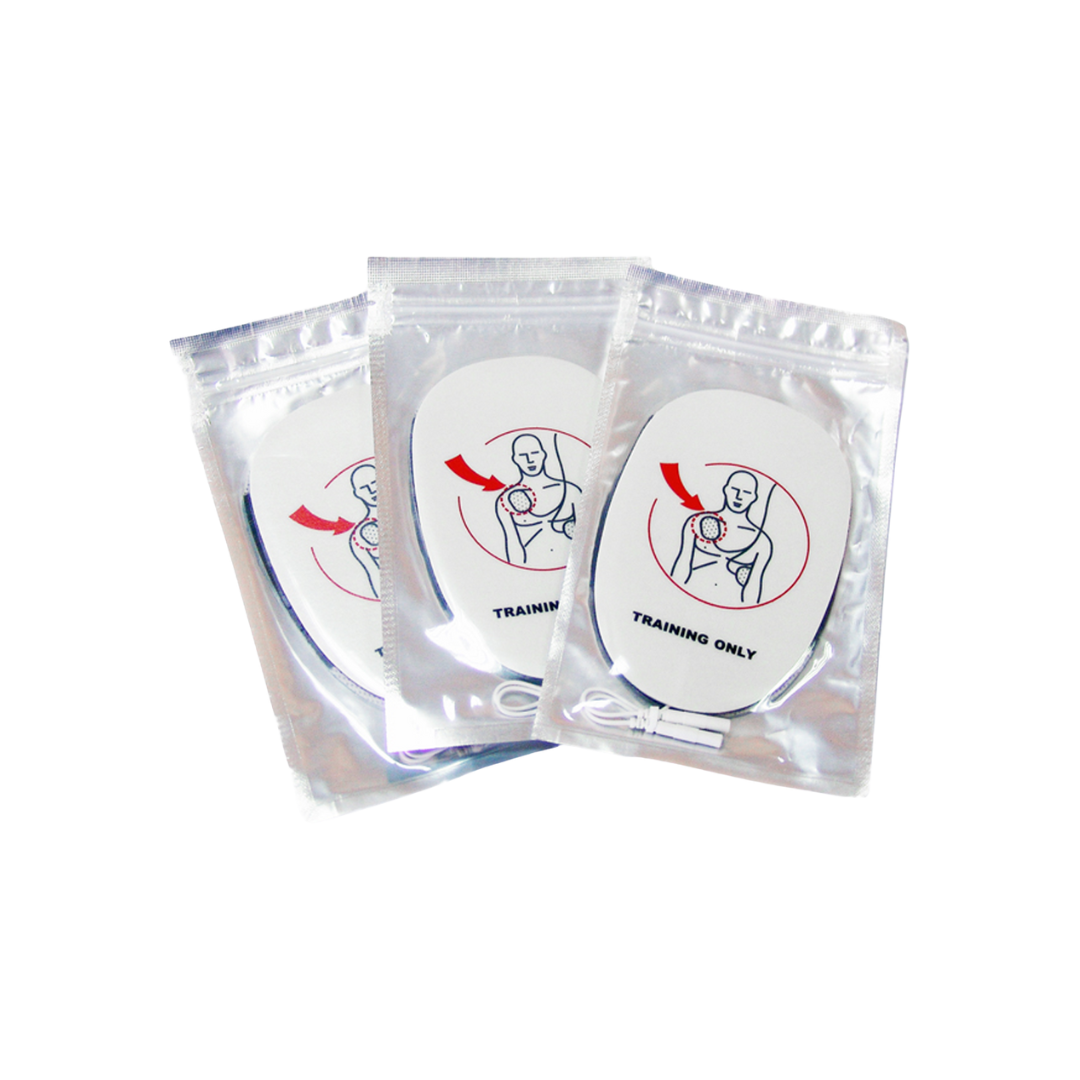
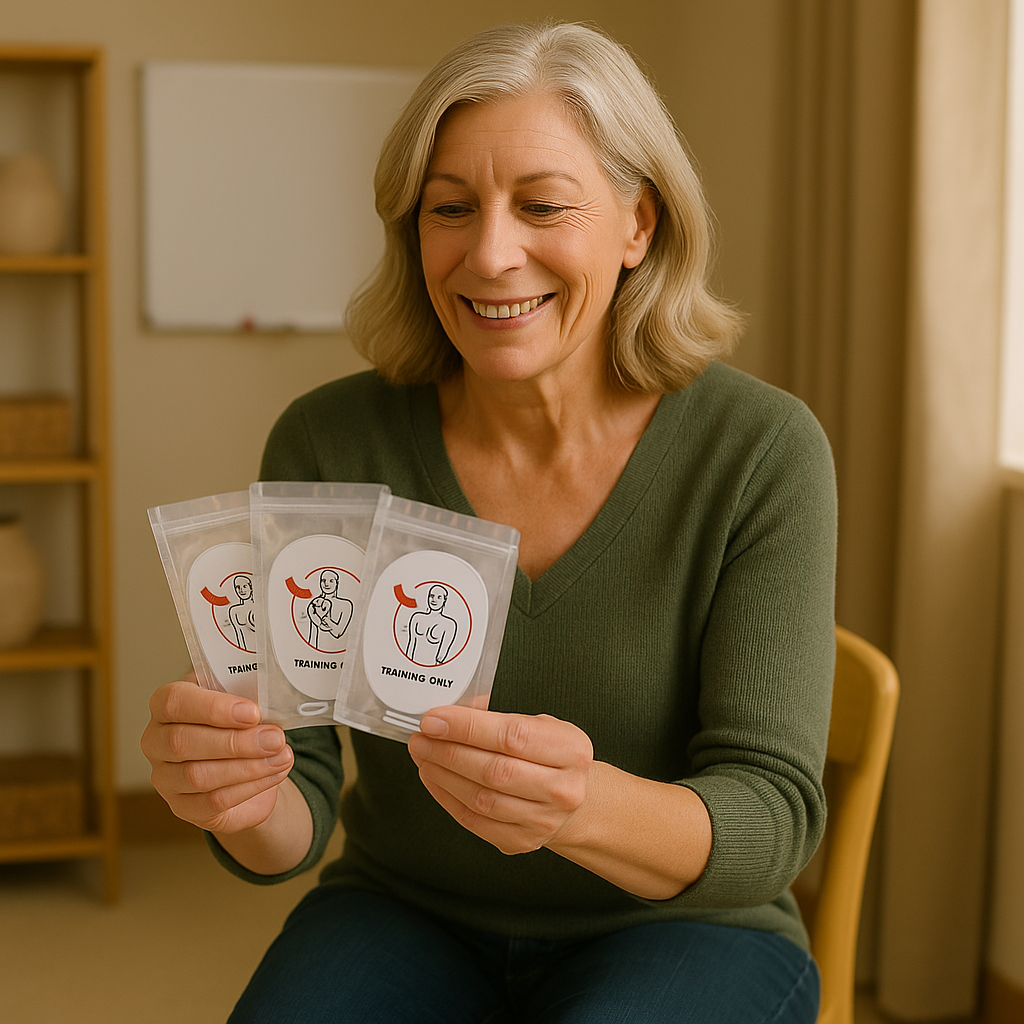
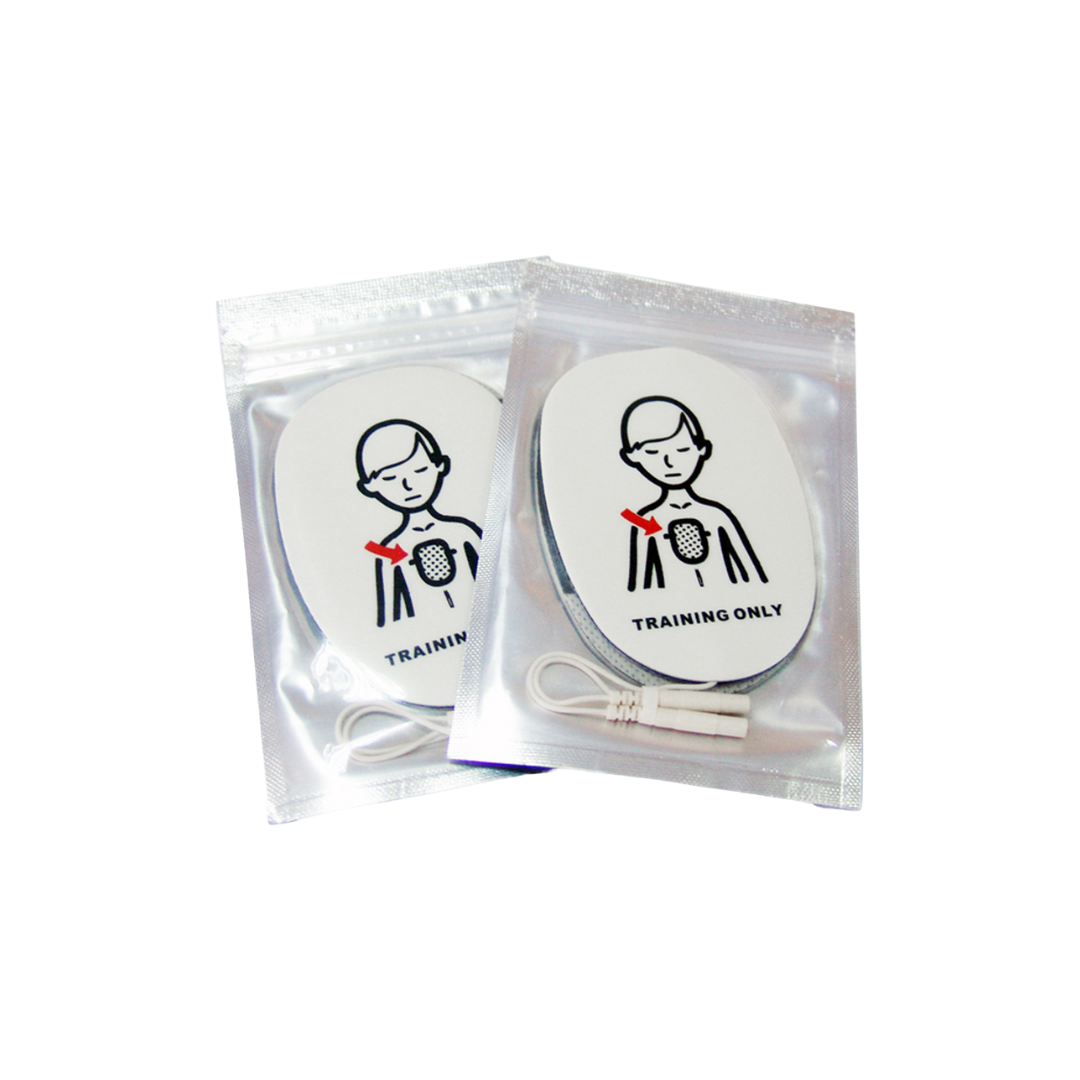
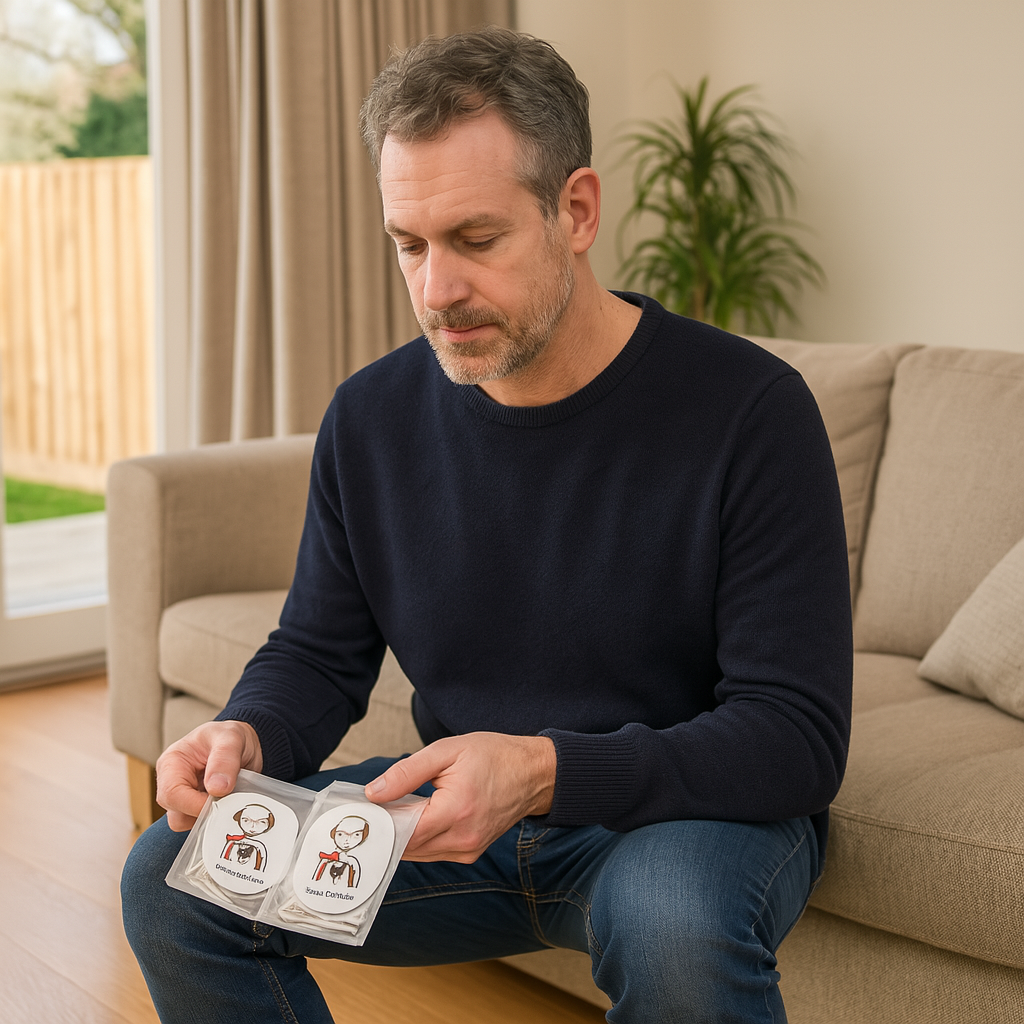
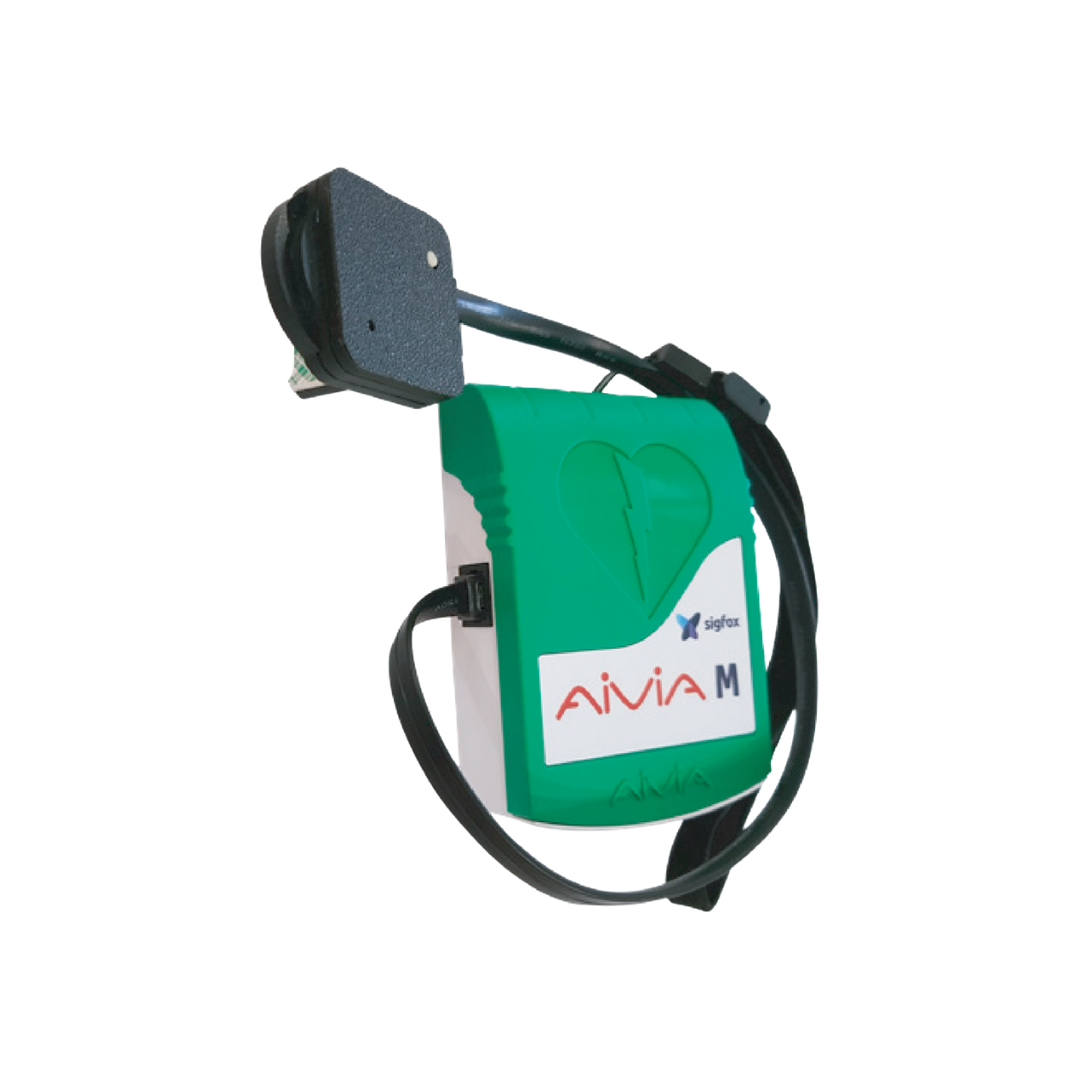
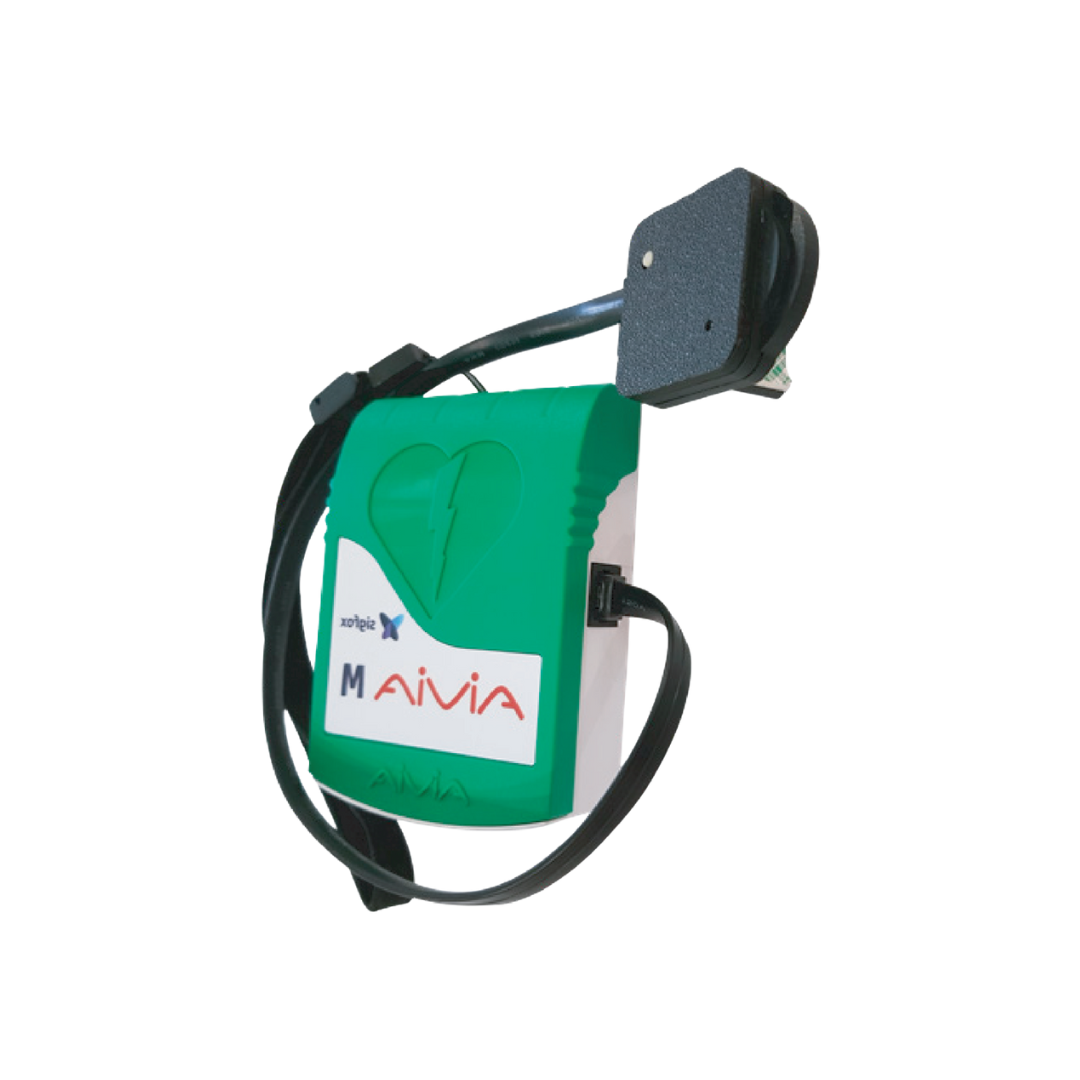
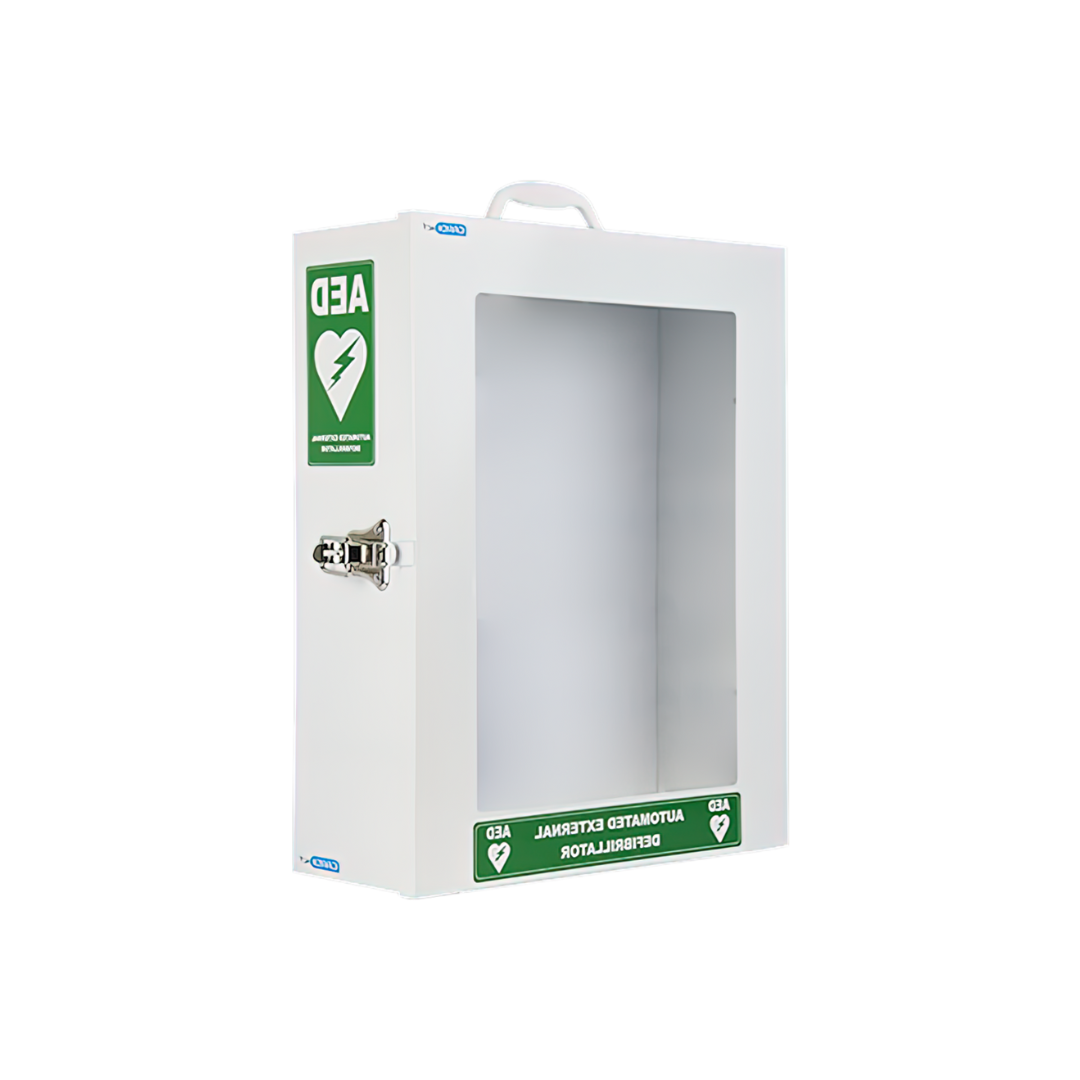
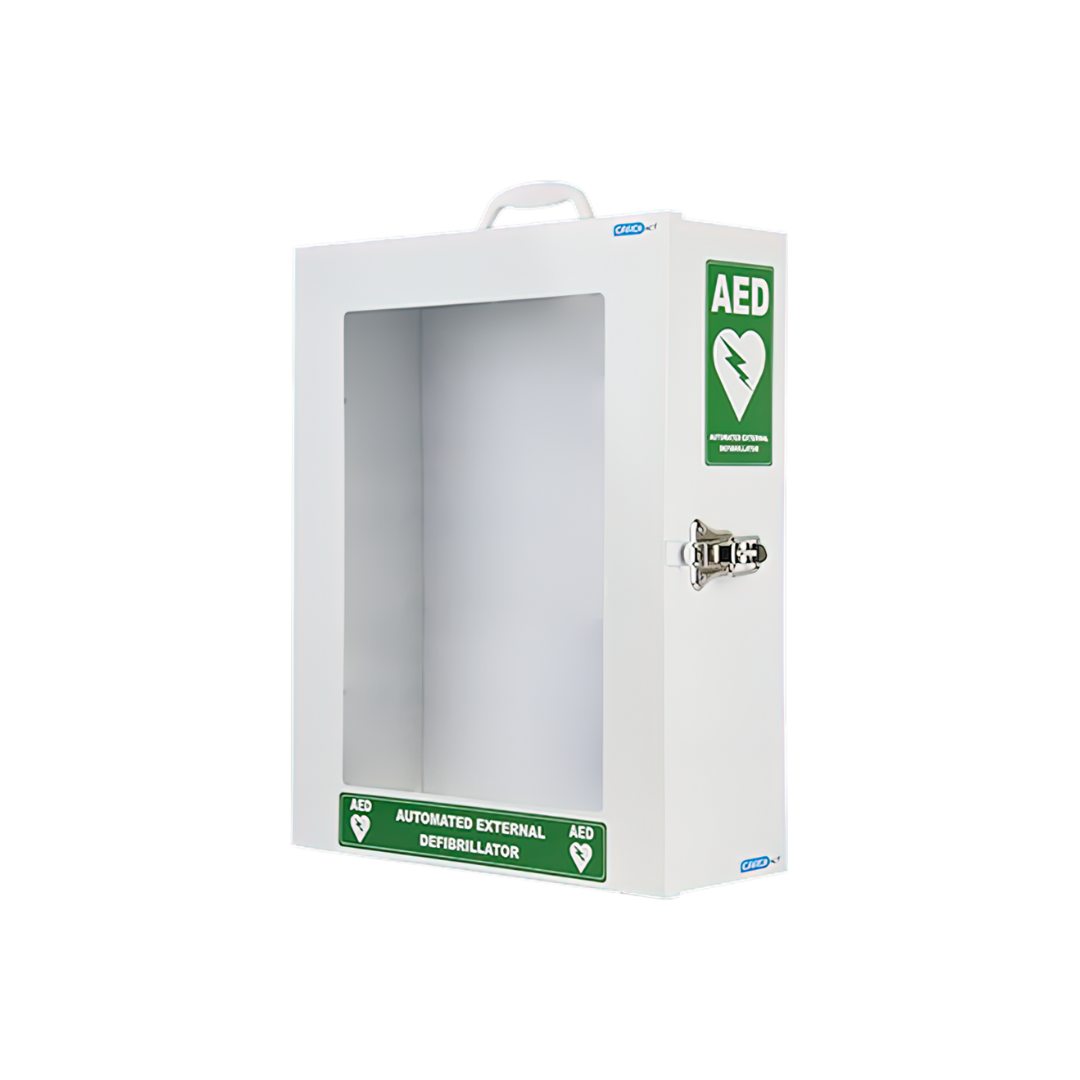
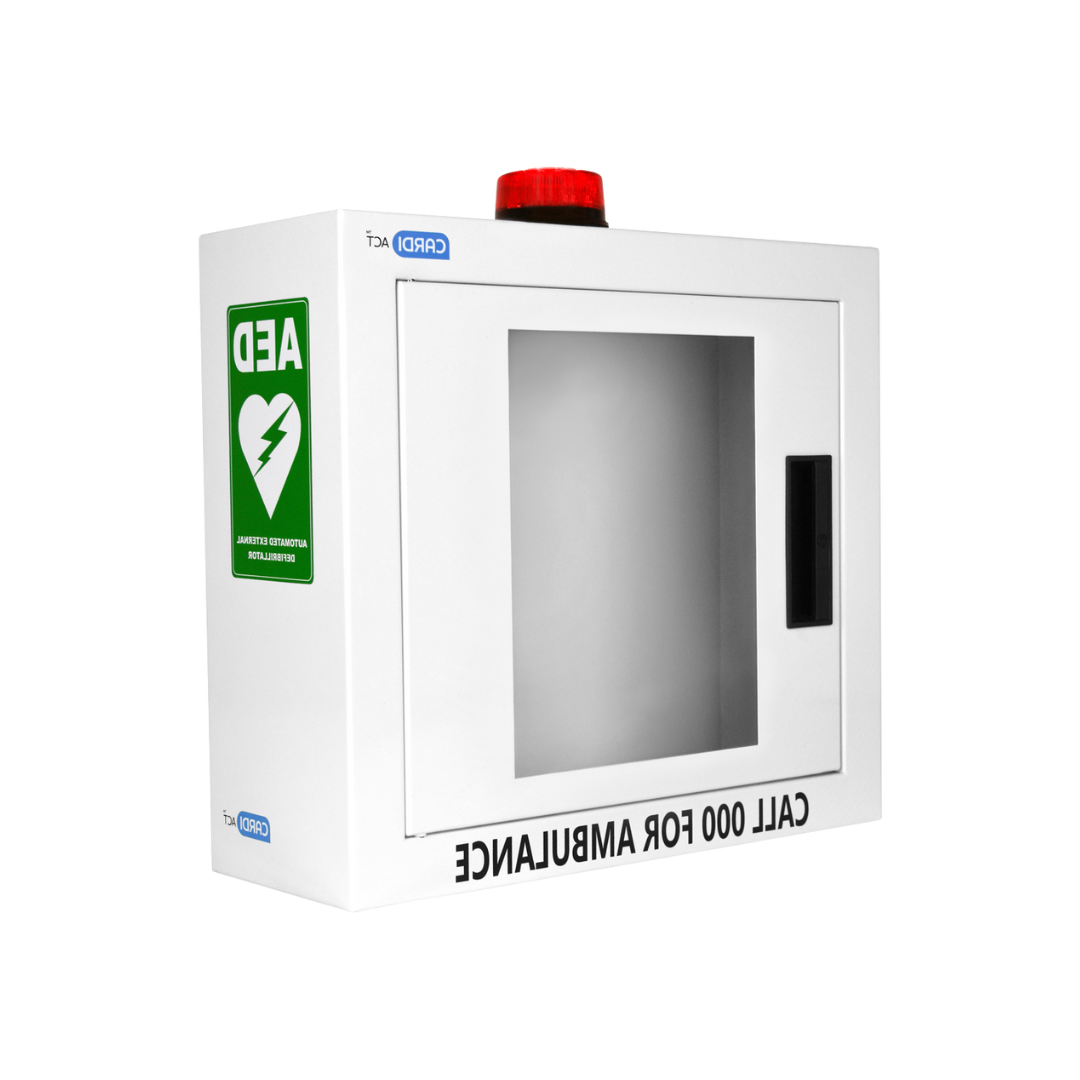
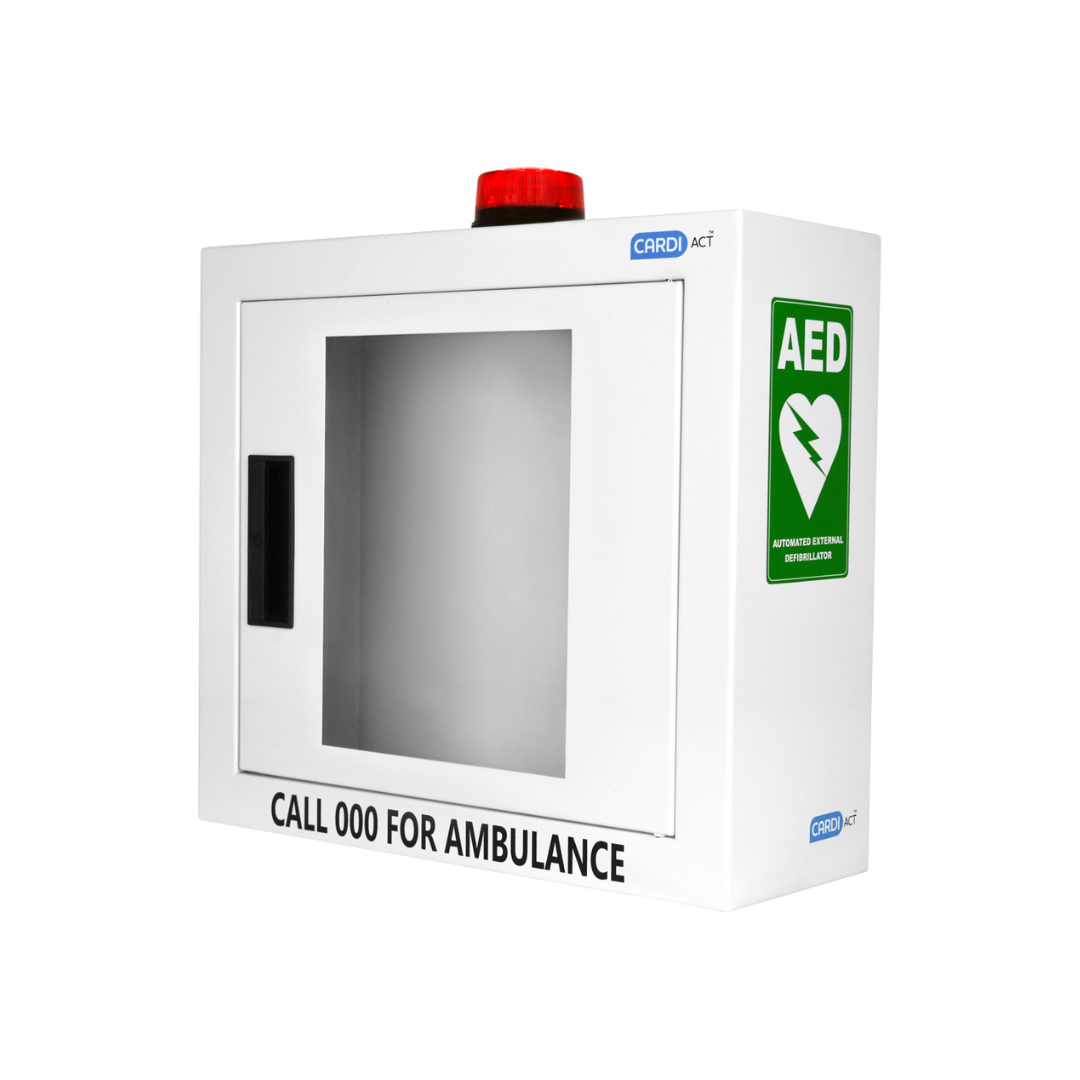
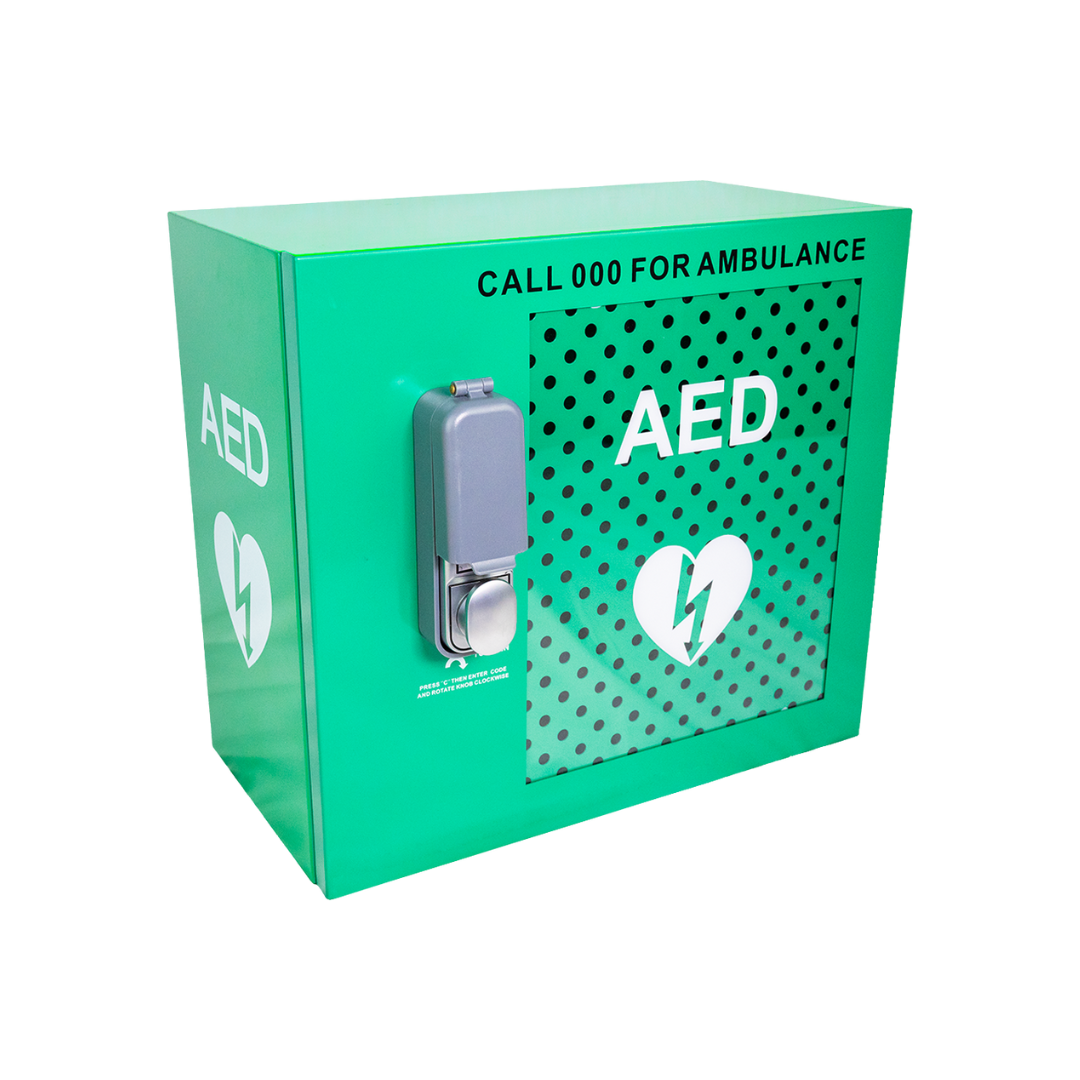
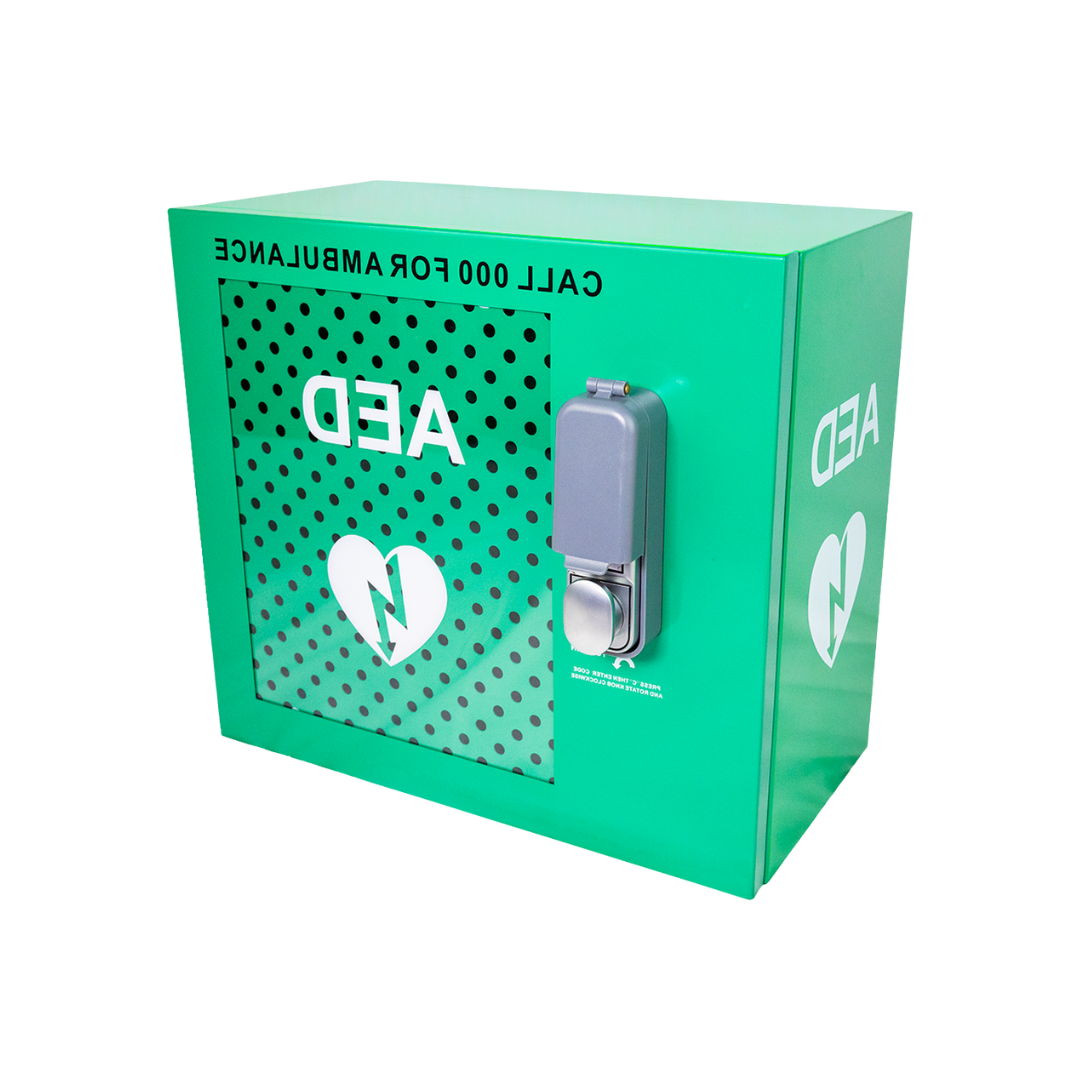
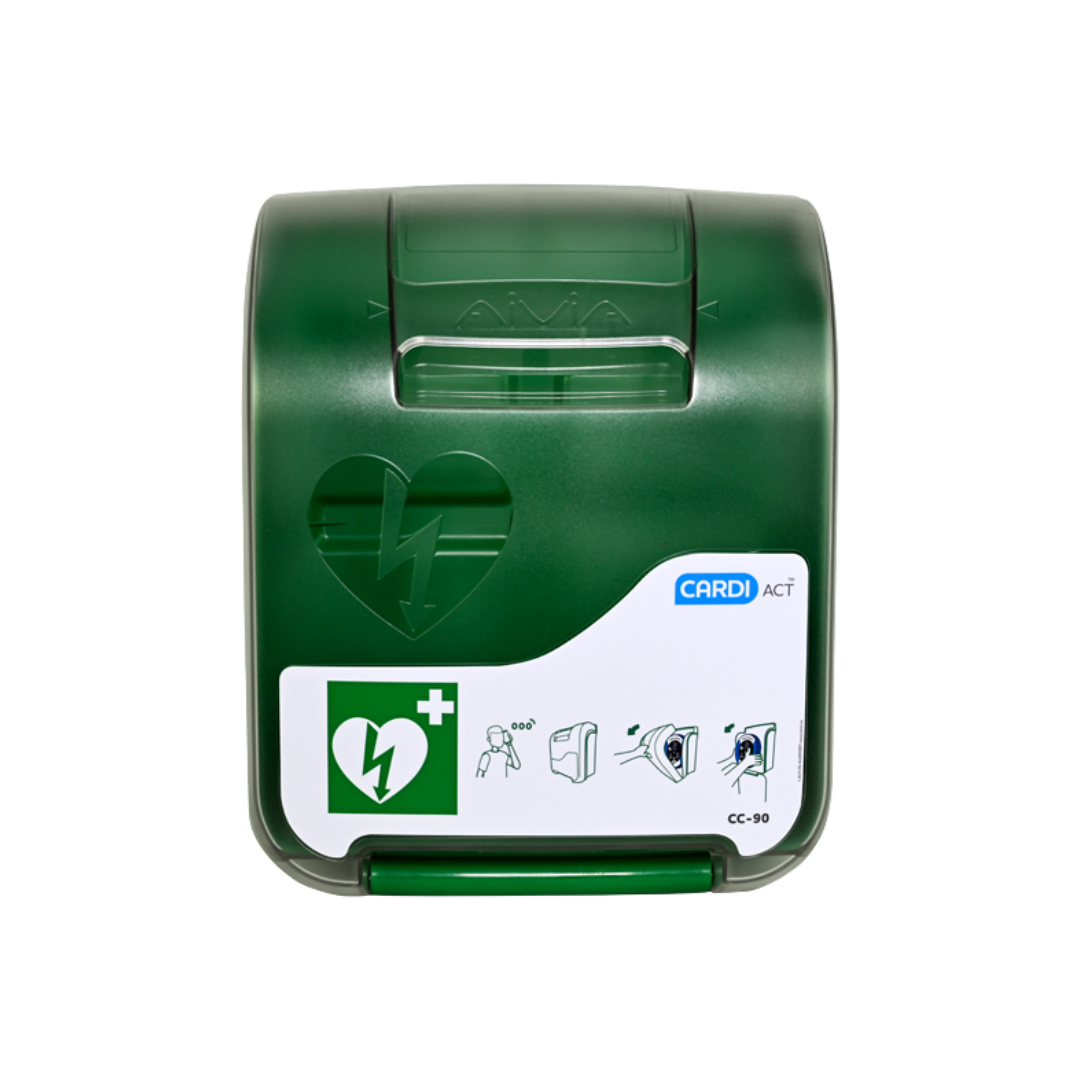
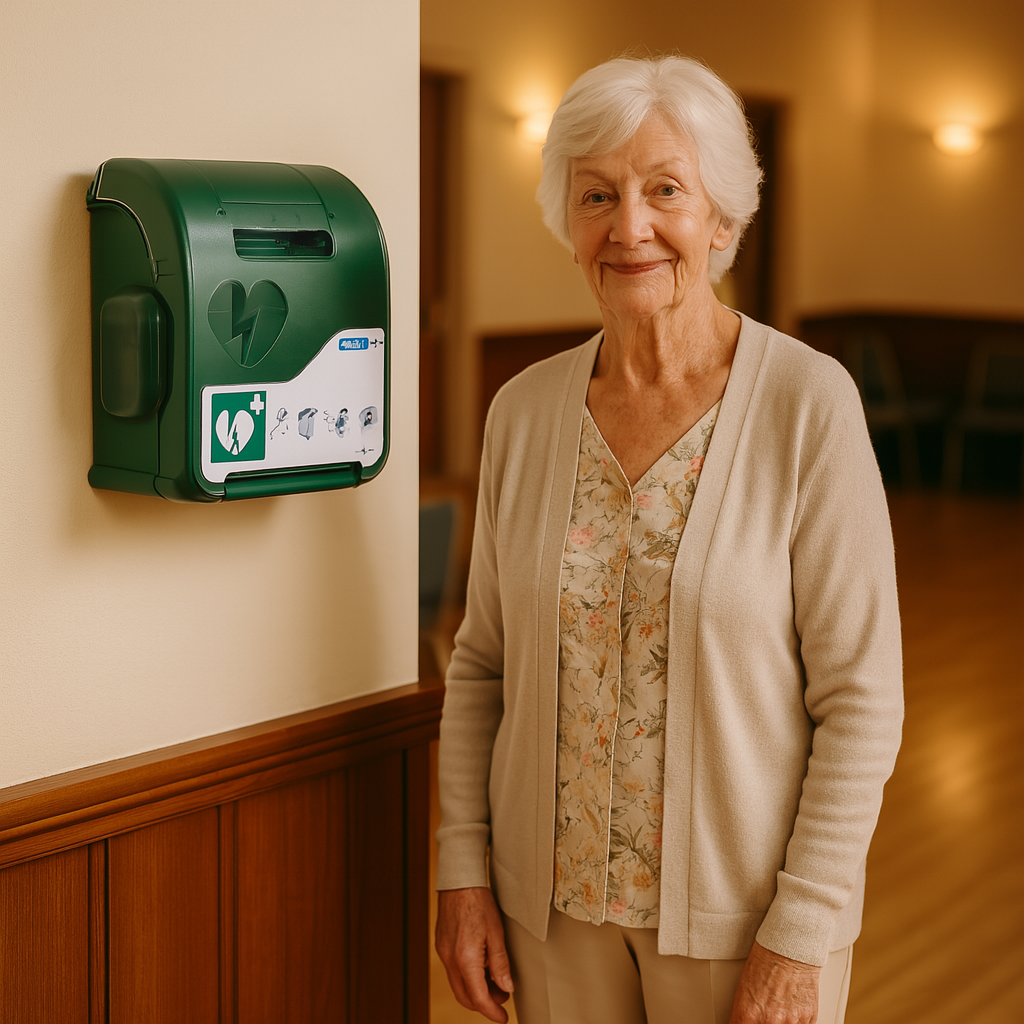
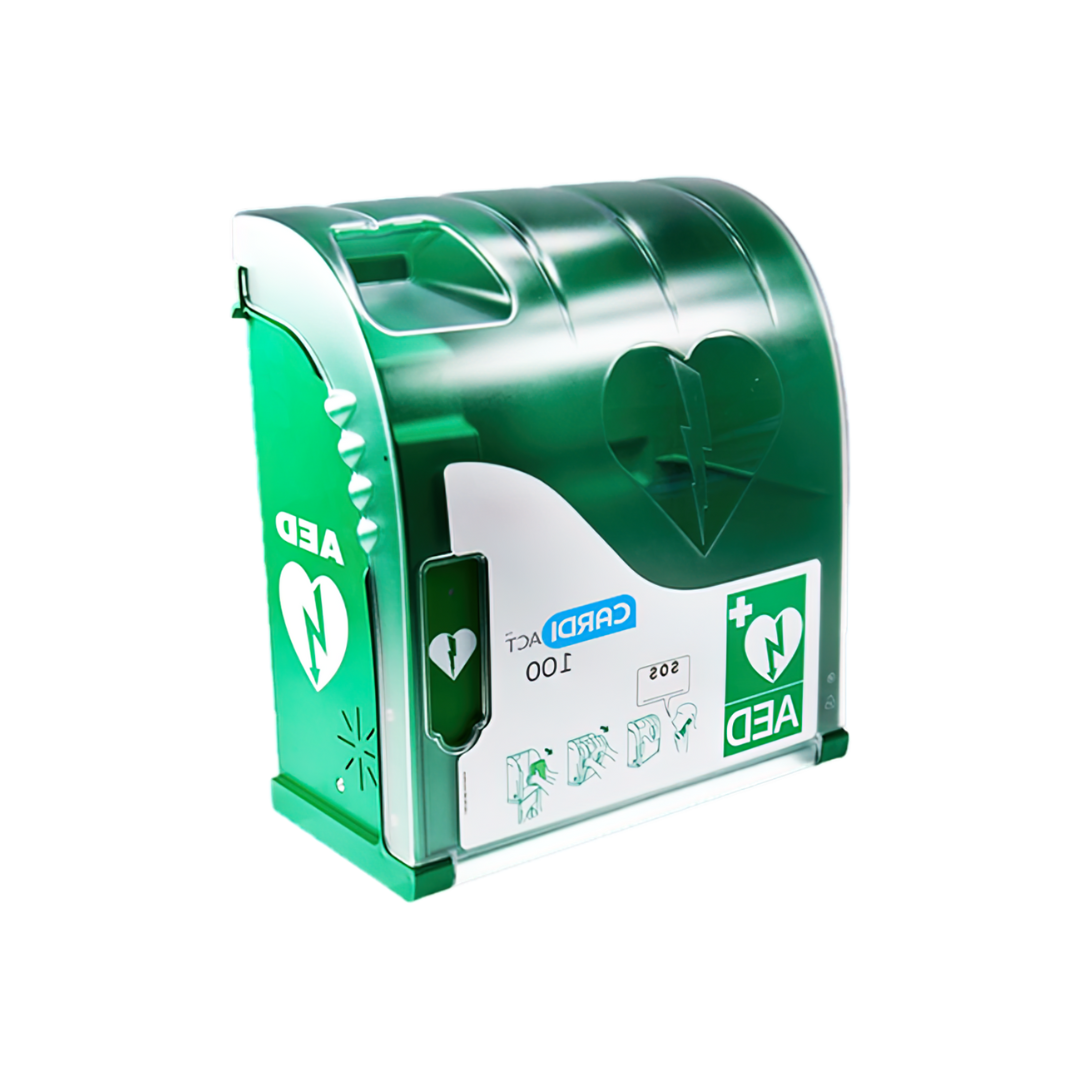
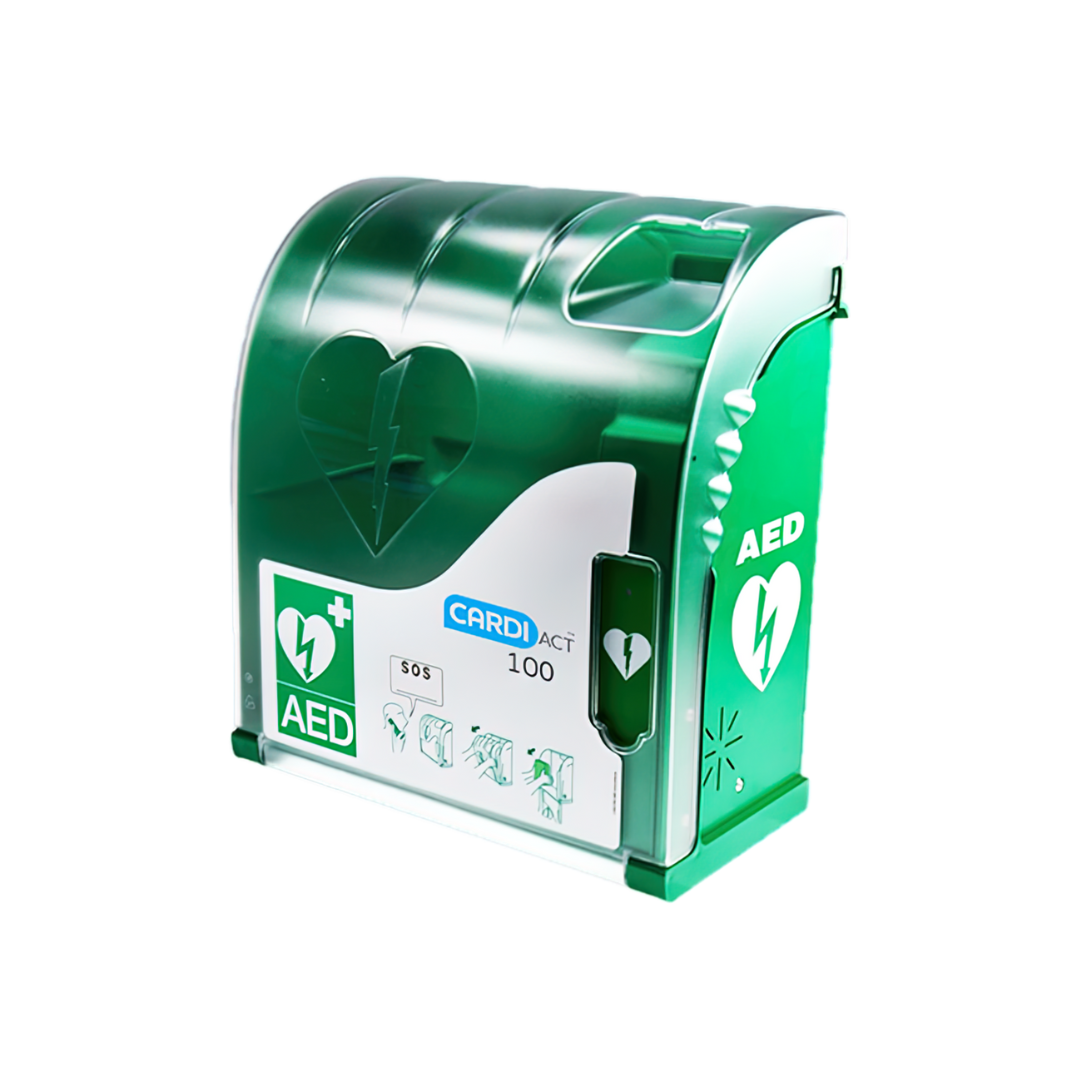
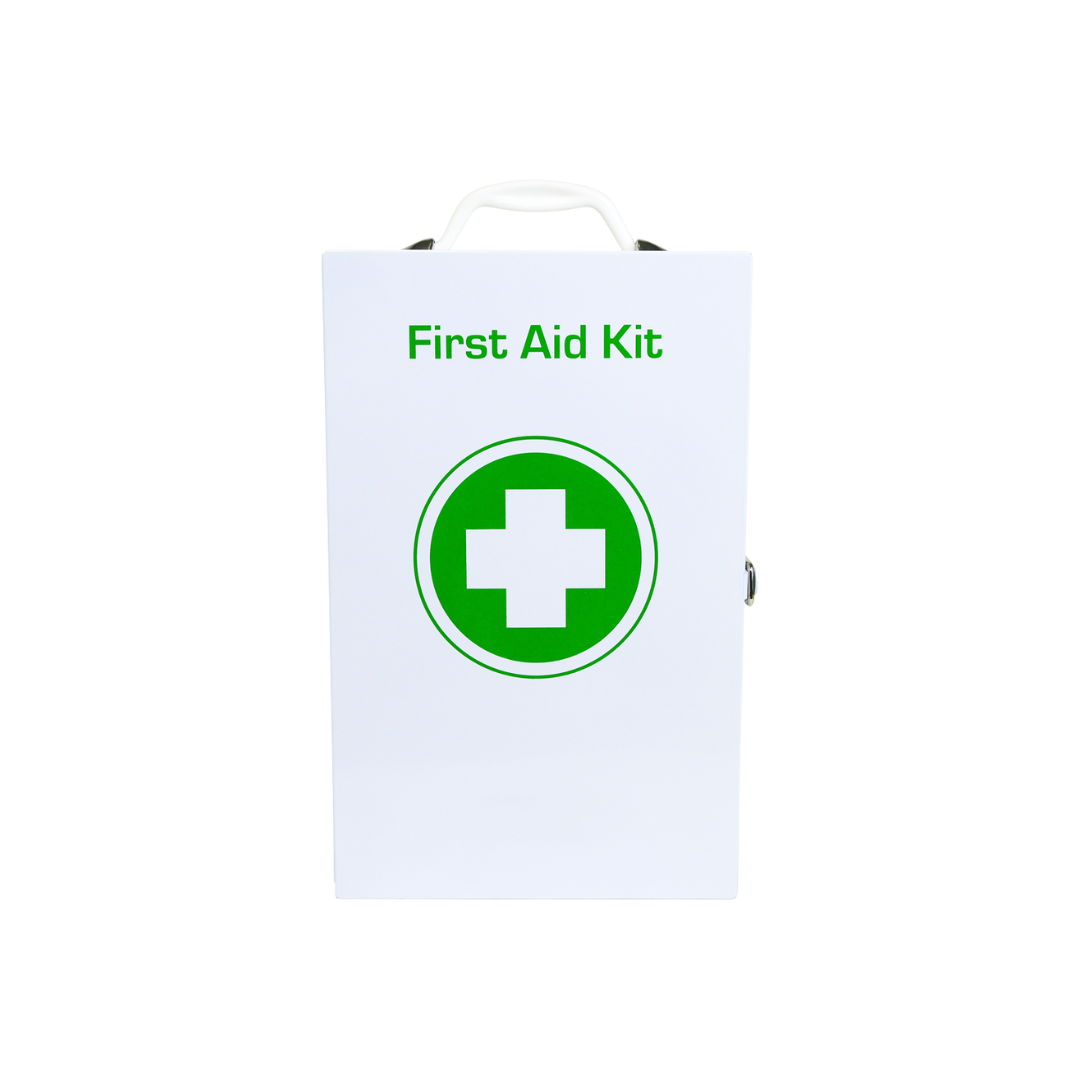
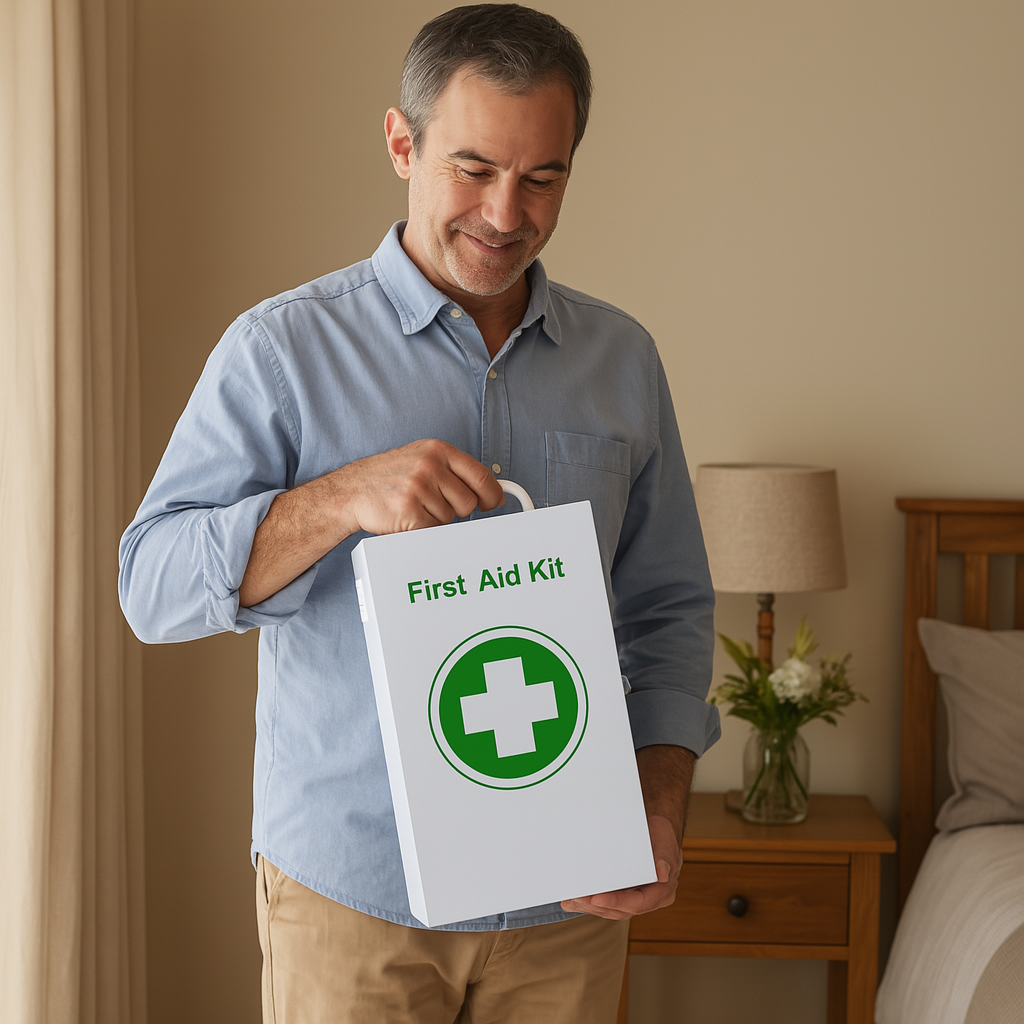
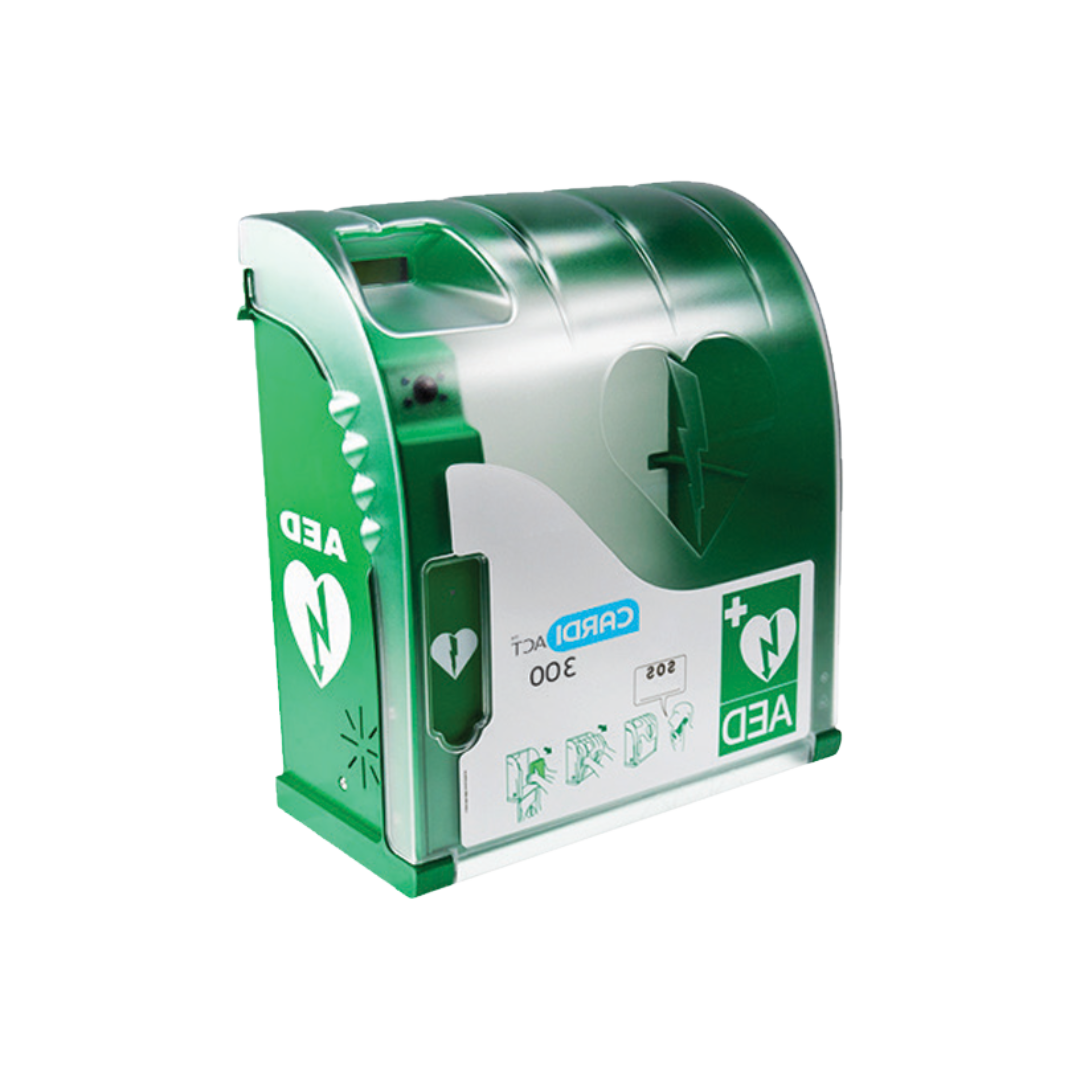
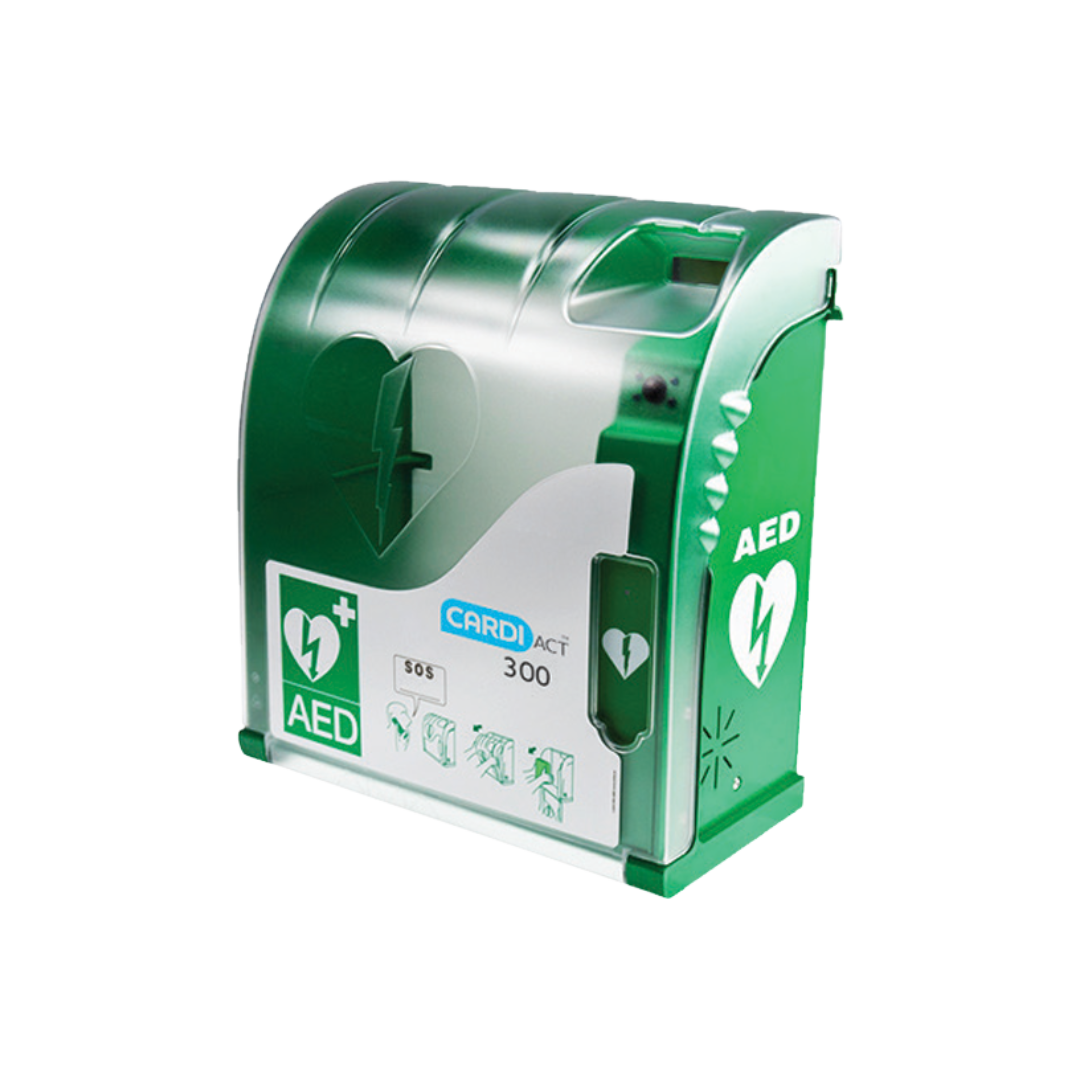
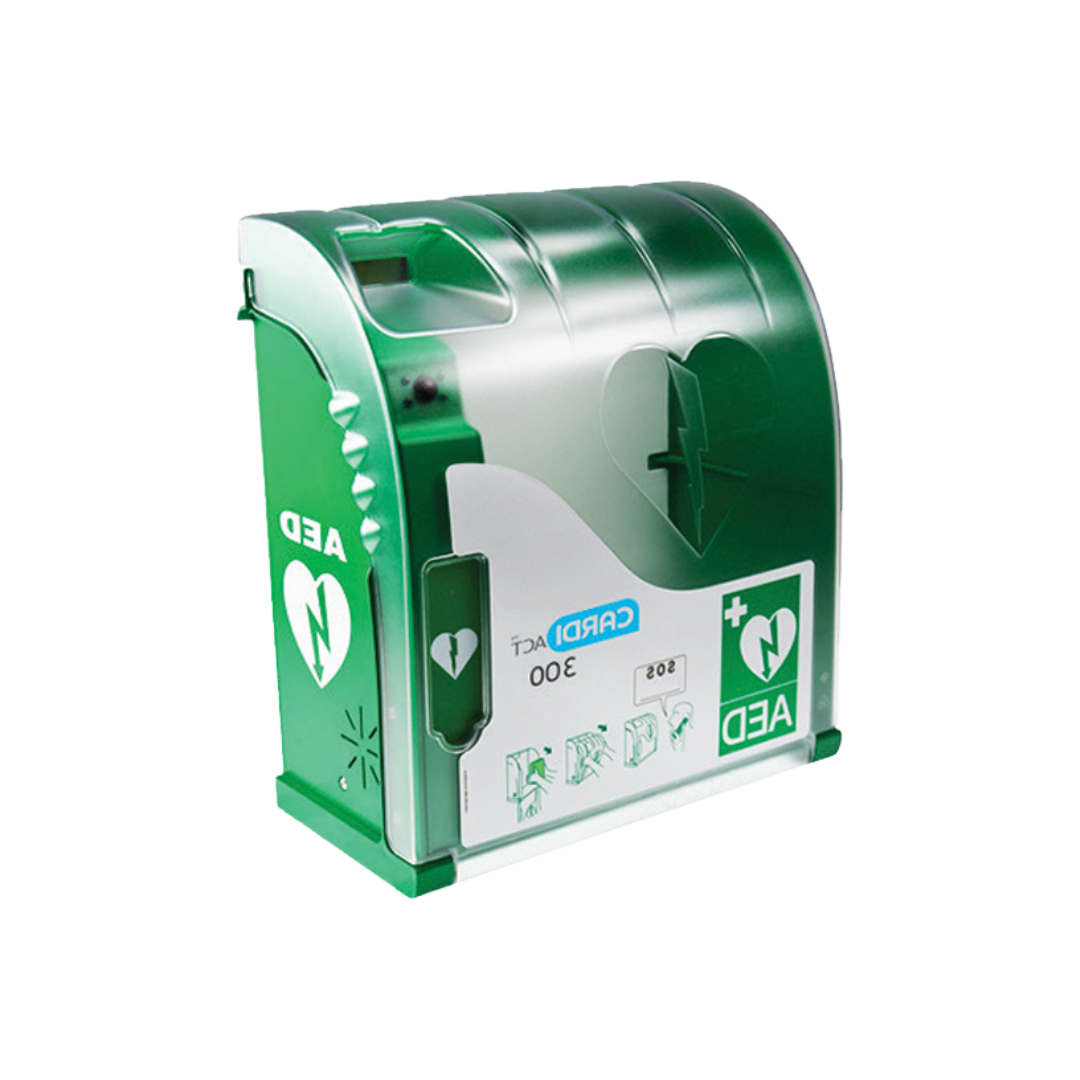
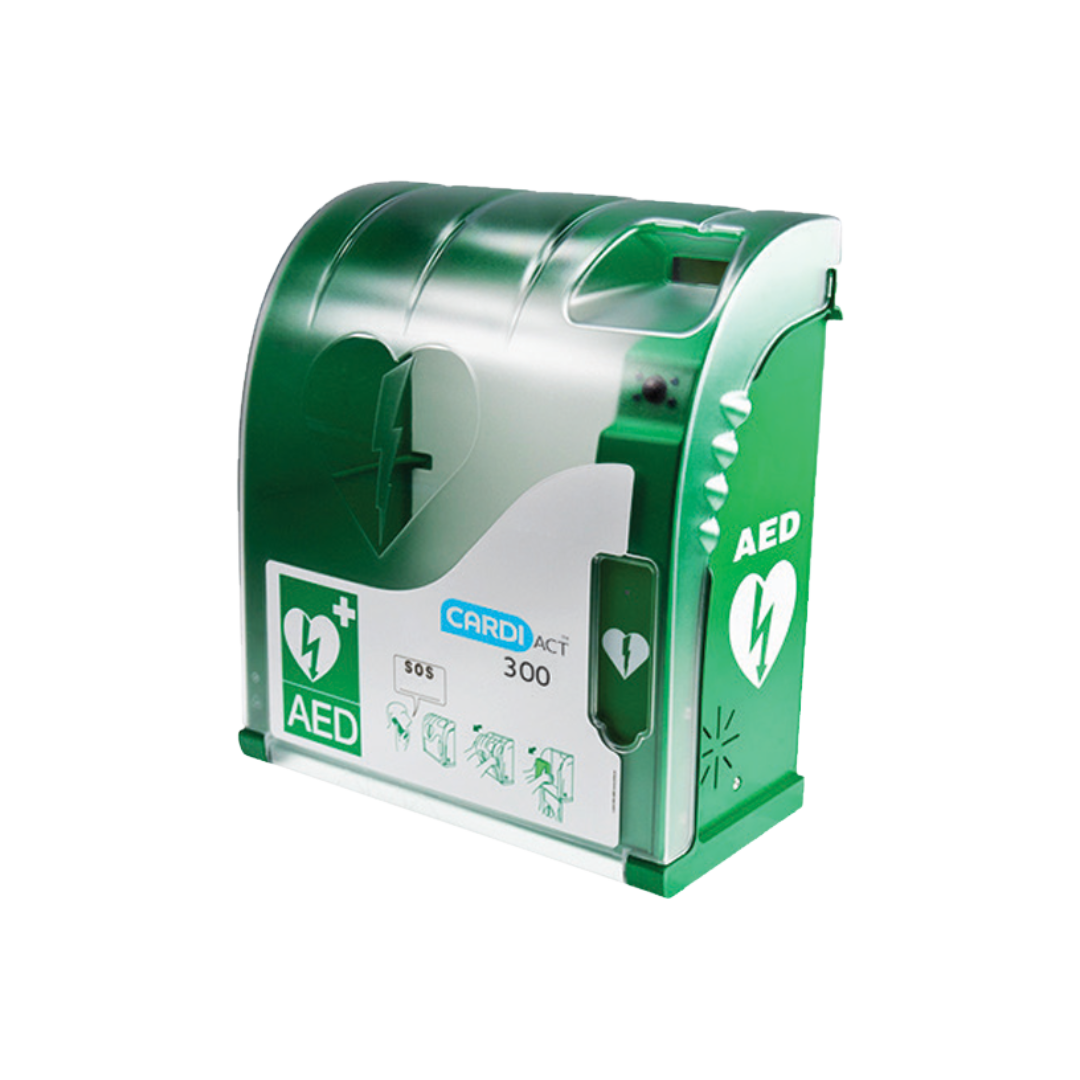
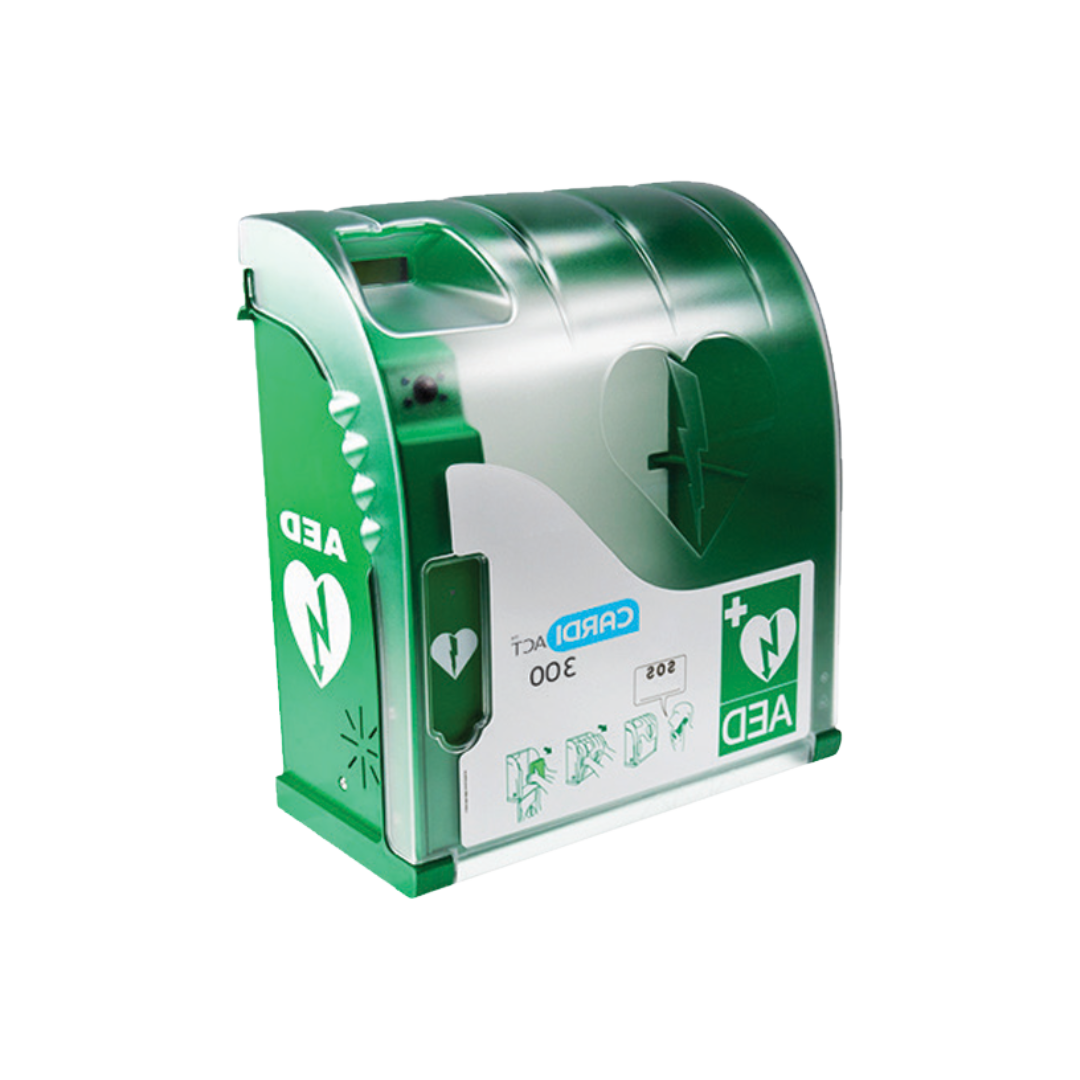
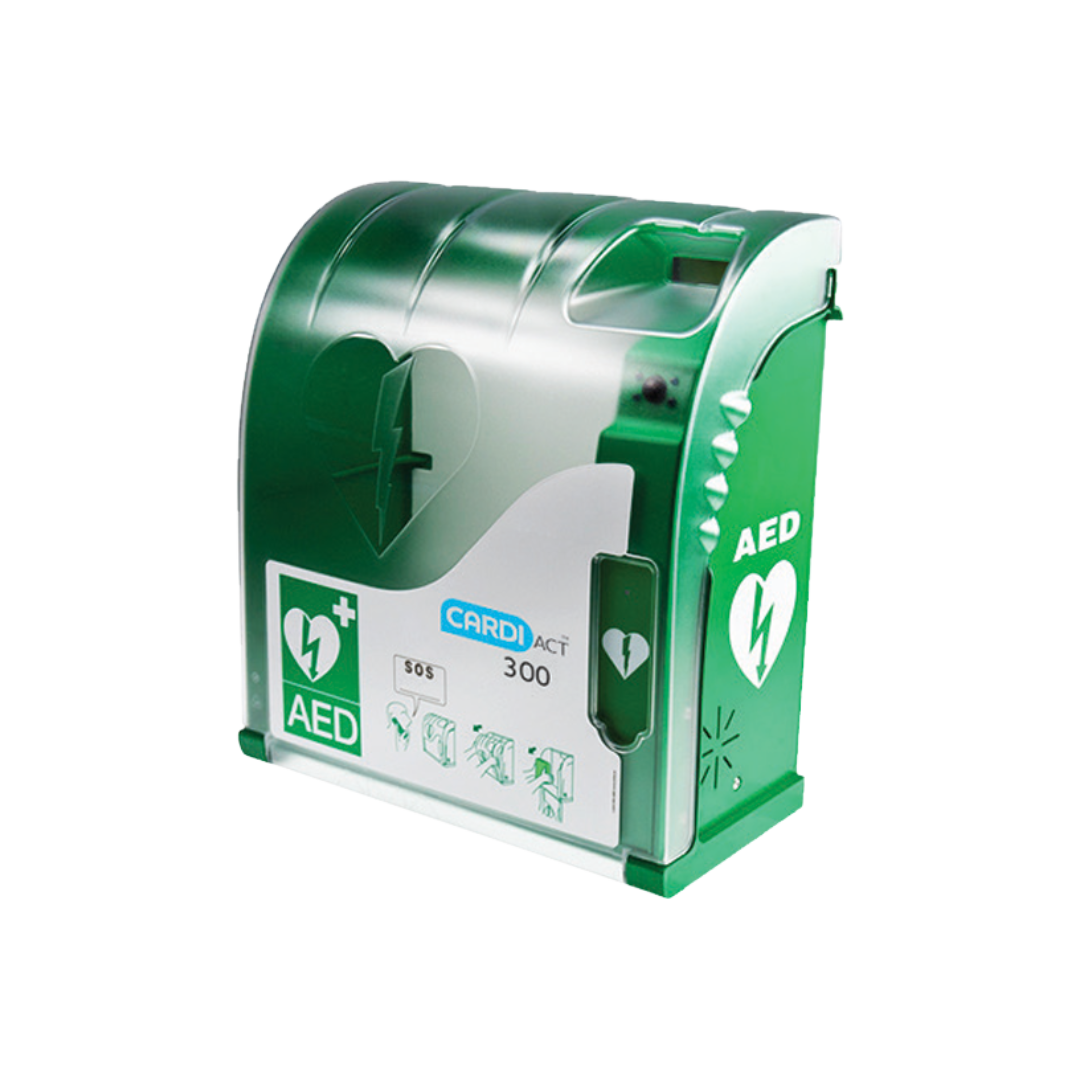
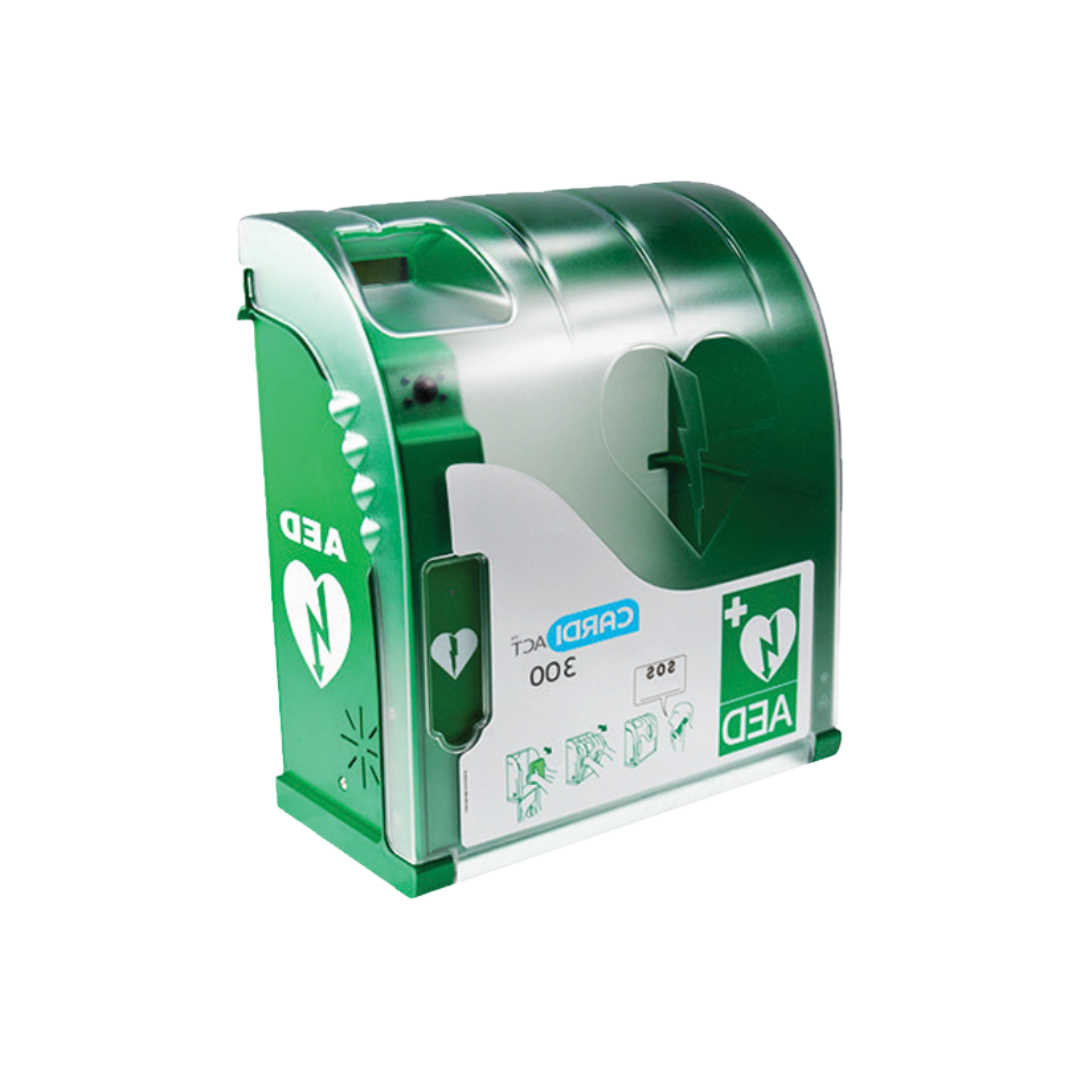
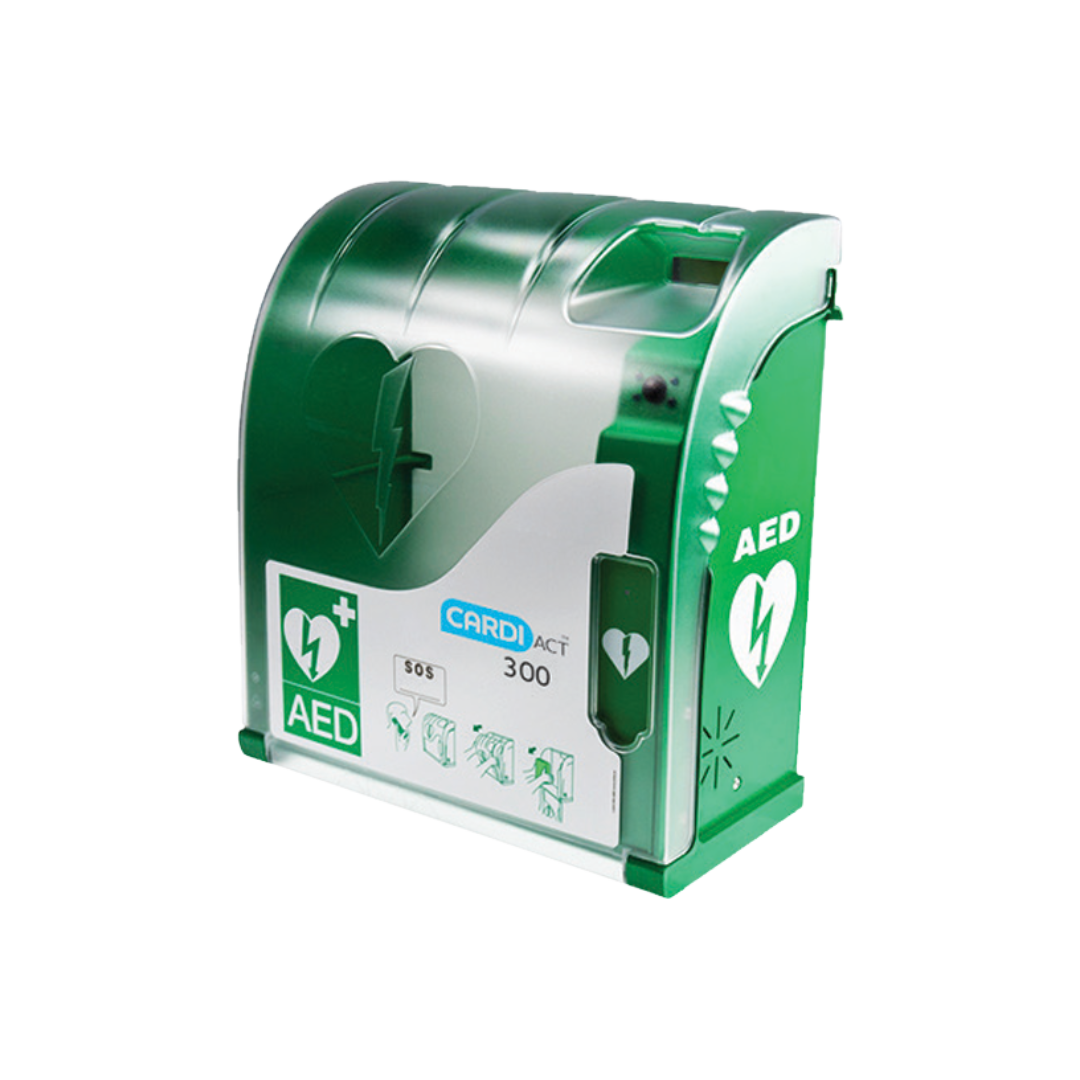
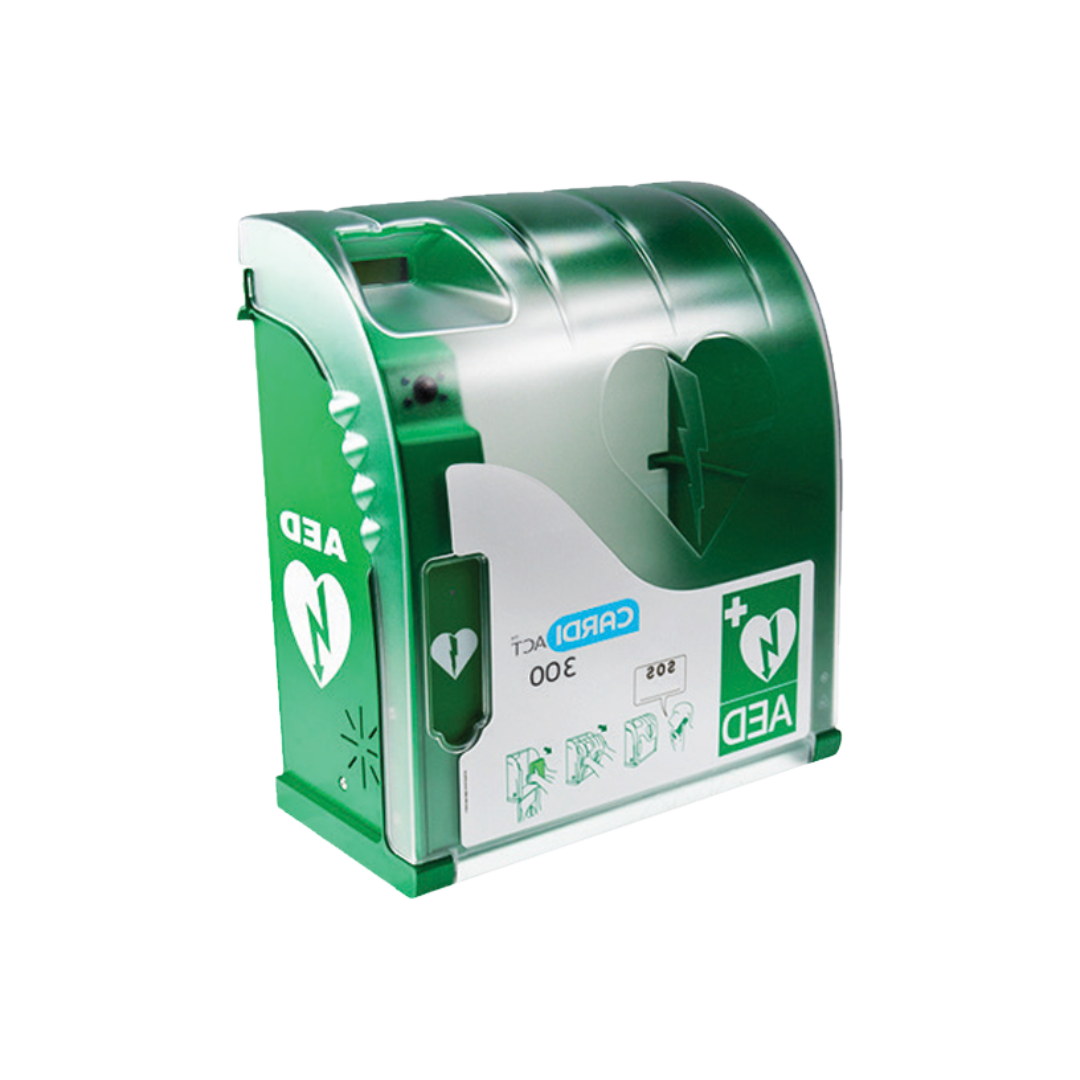
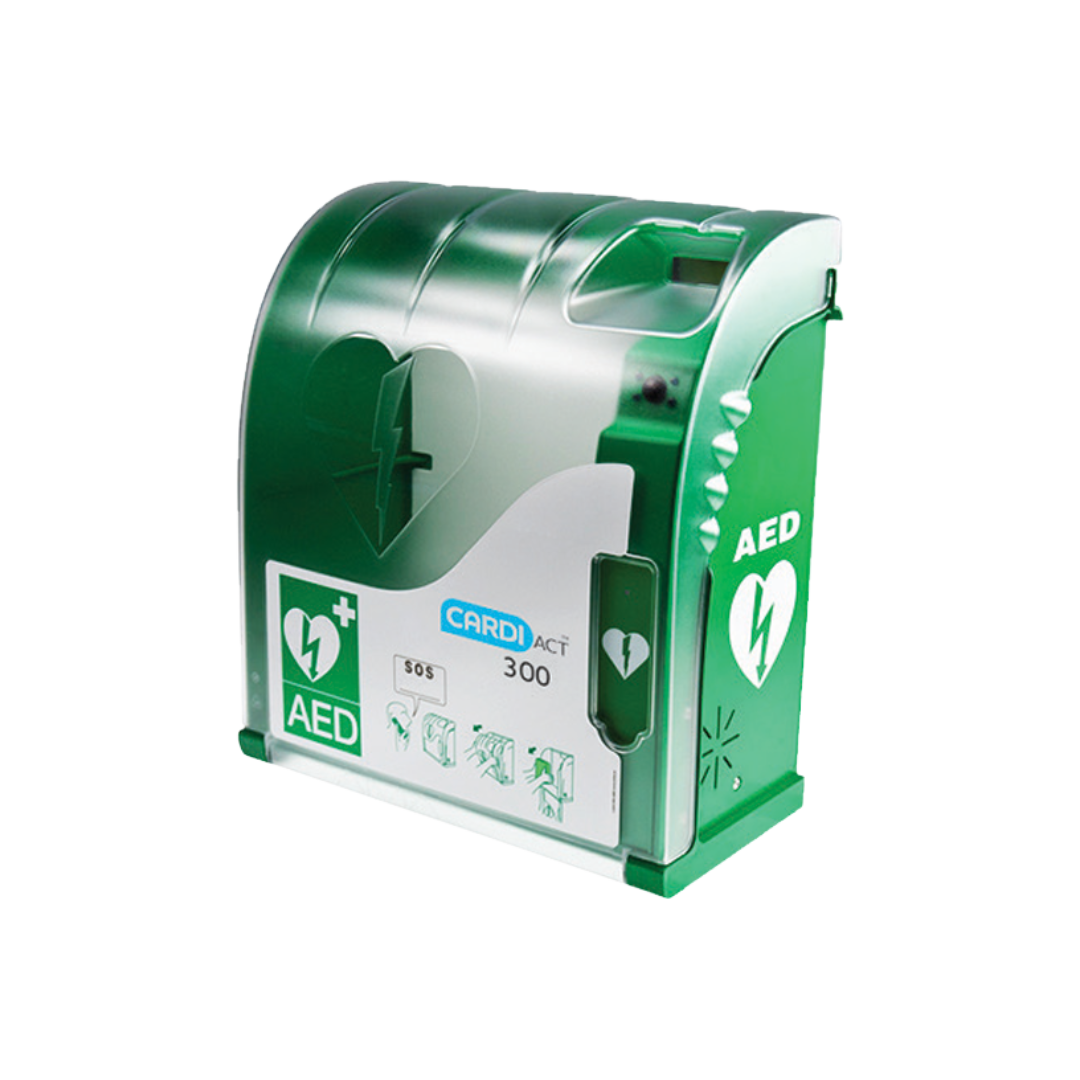
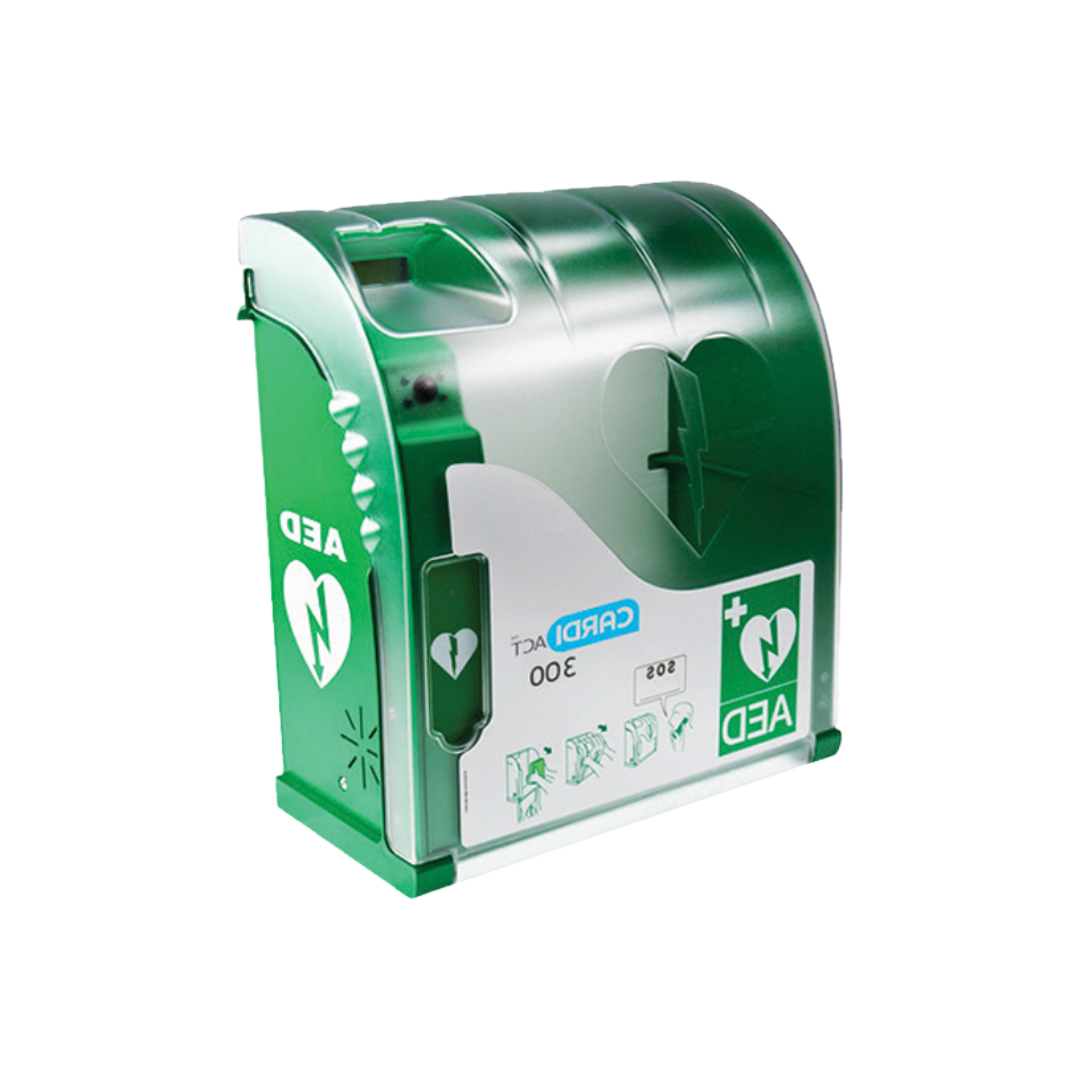
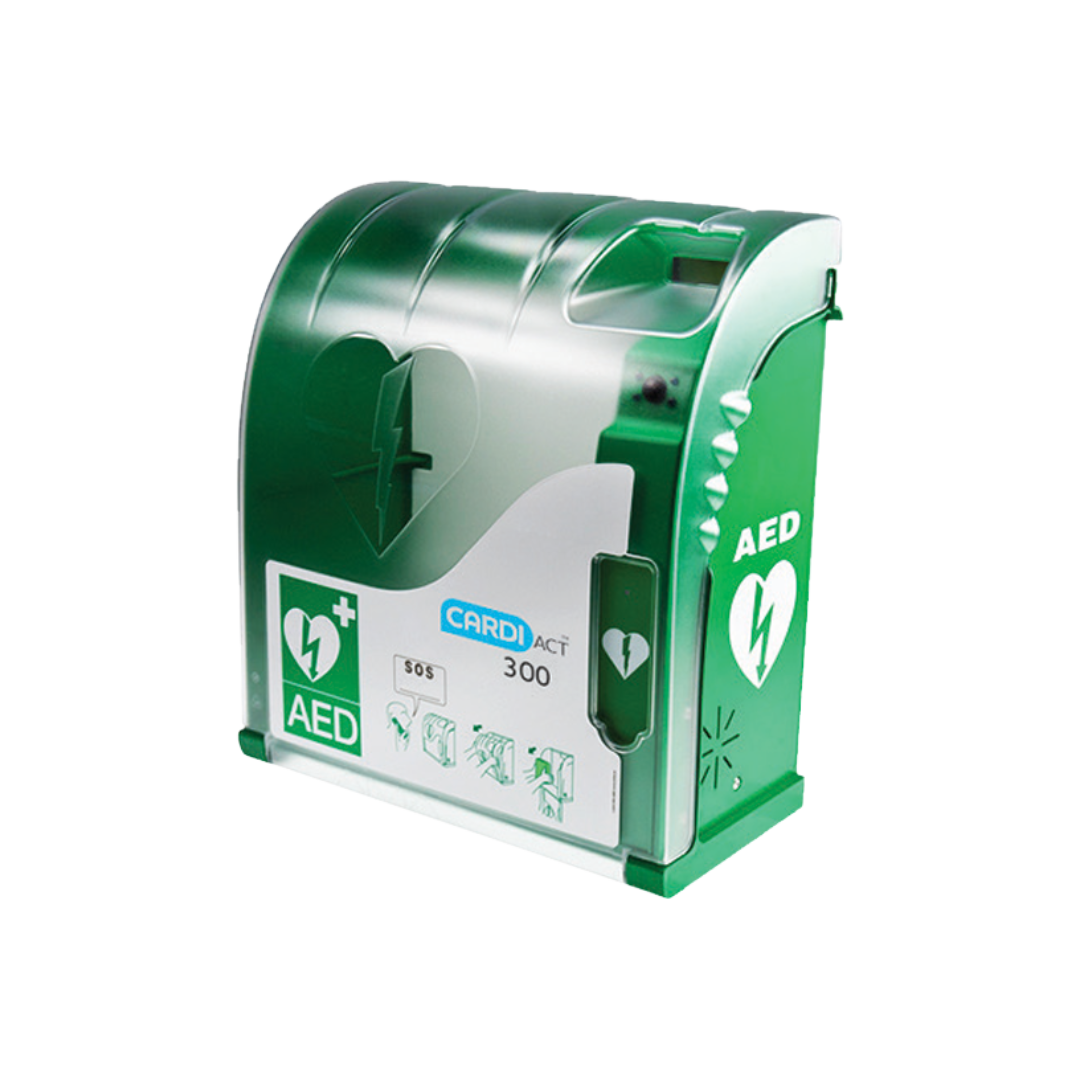
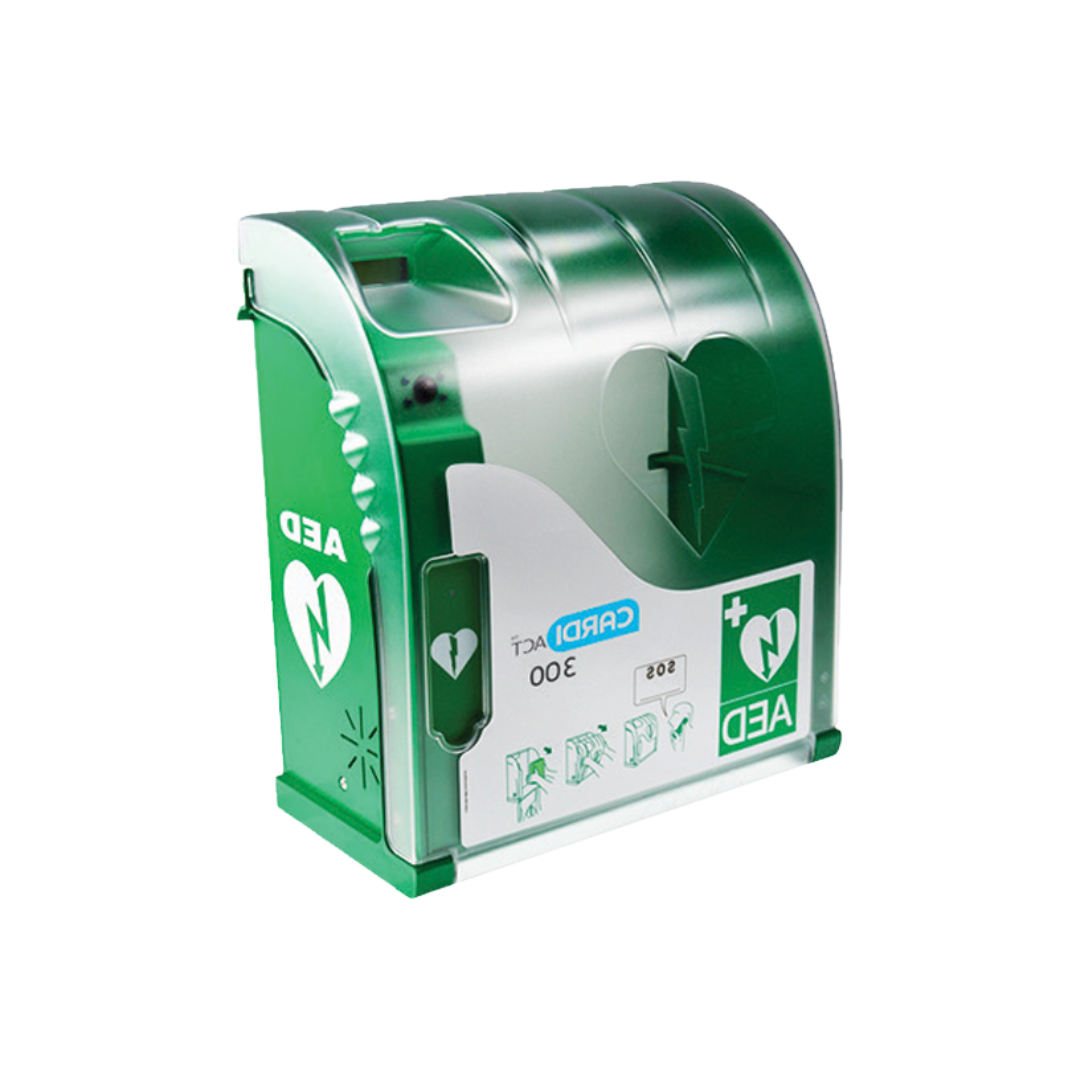
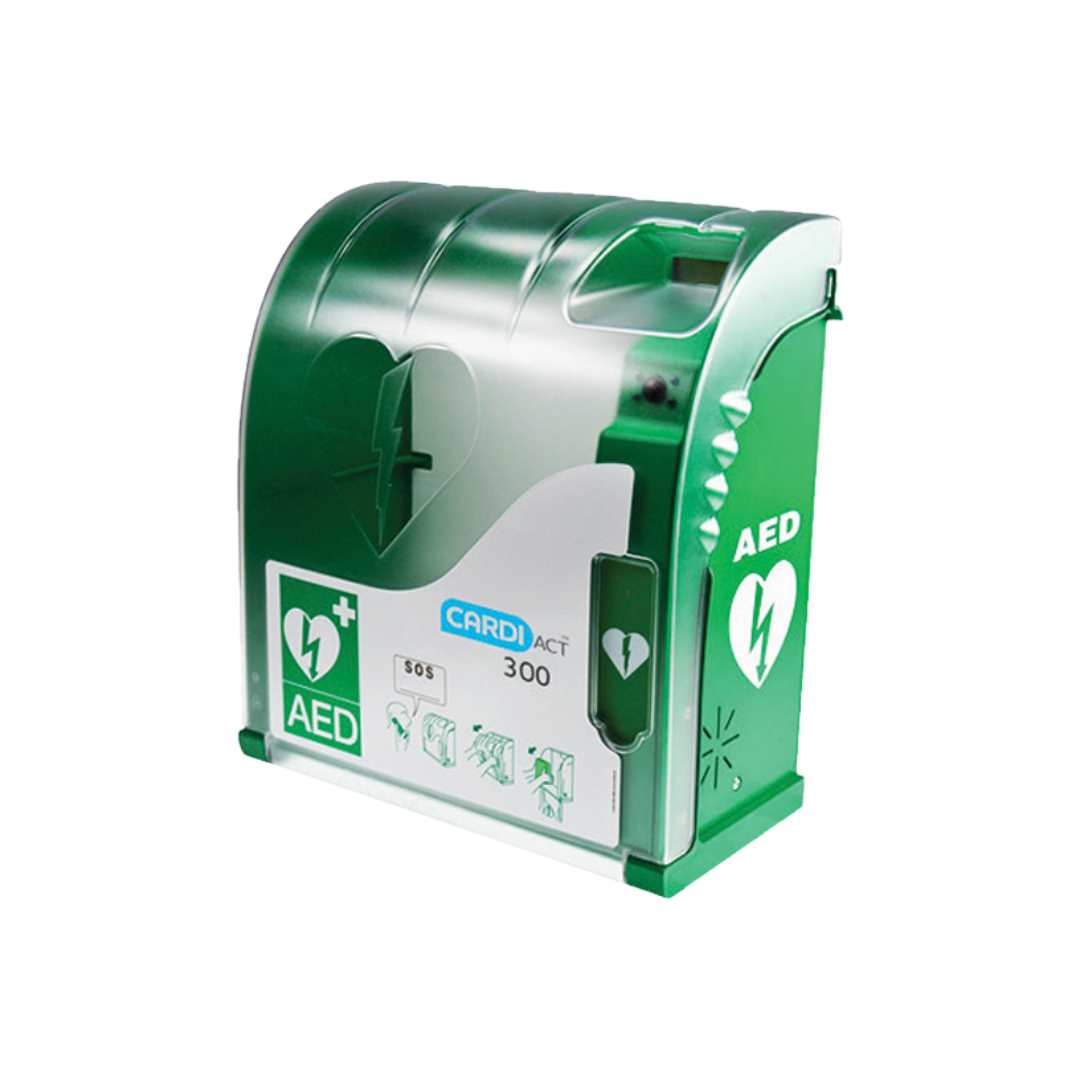
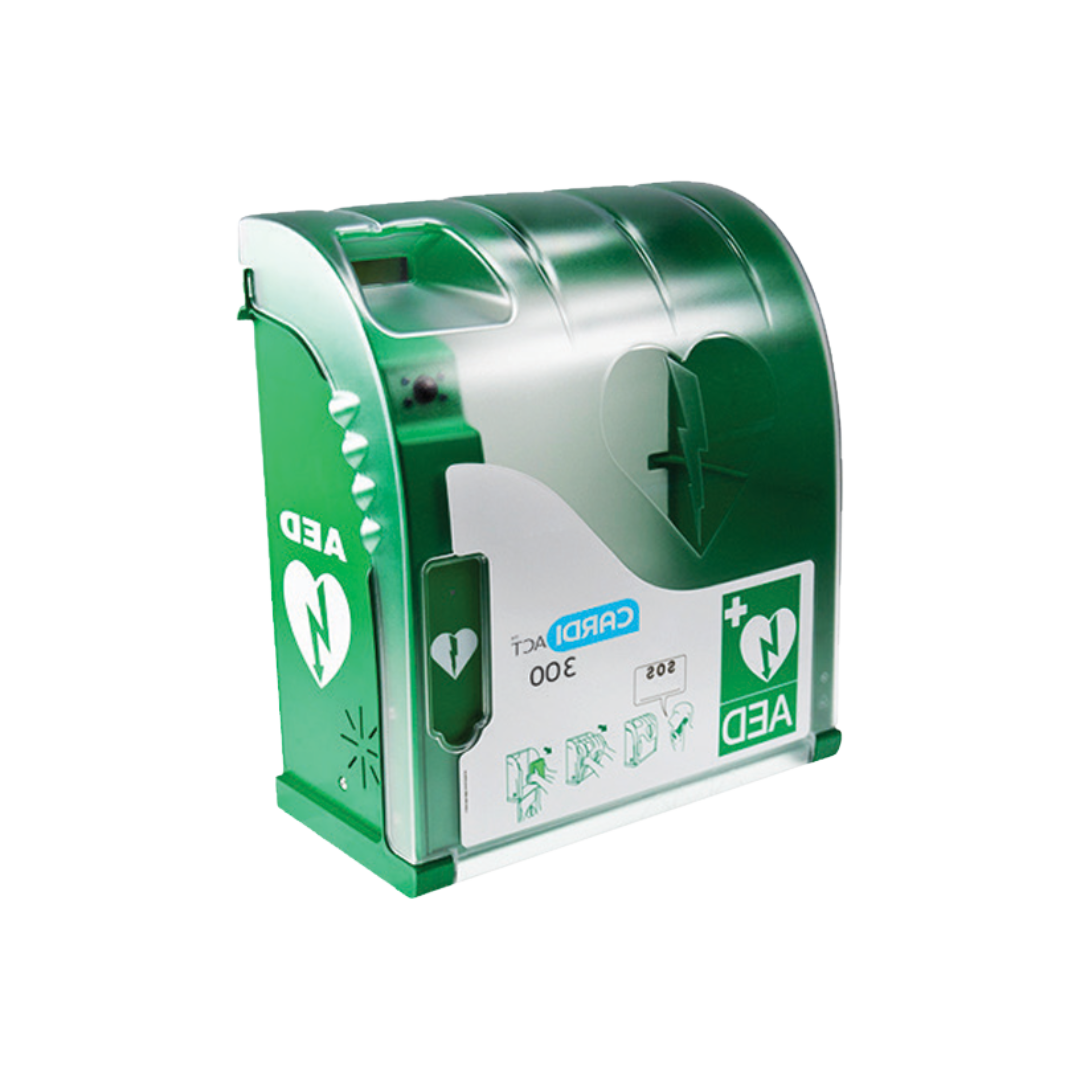
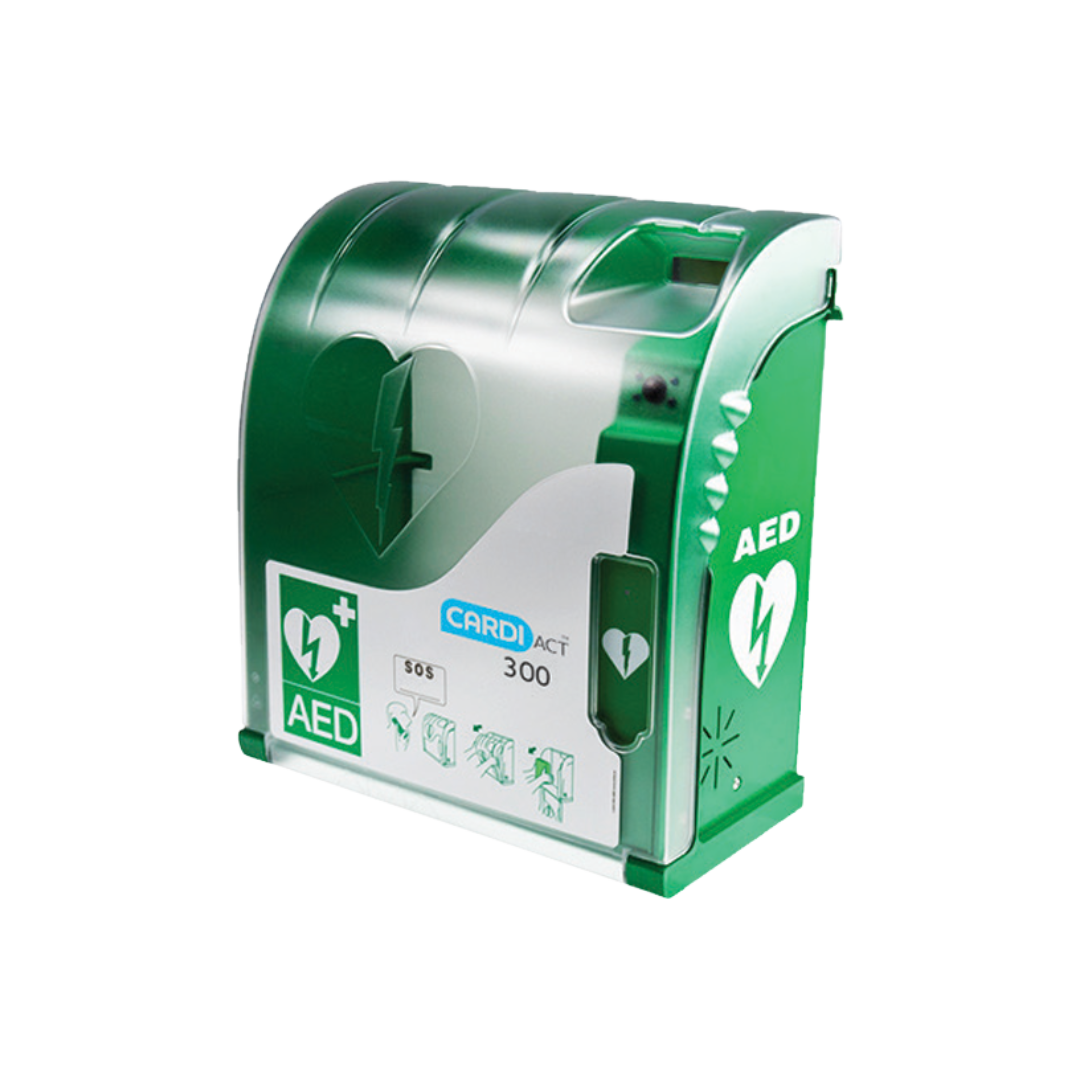
Recently viewed
FAQs
Public access AEDs are used to treat sudden cardiac arrest by delivering an electric shock that can restore a normal heart rhythm before paramedics arrive.
Yes. Public access AEDs are designed for use by untrained bystanders with clear voice and visual instructions.
They are commonly installed in workplaces, schools, gyms, shopping centres, sports clubs and other high-traffic public areas.
Yes. AEDs require routine checks of battery life, electrode pad expiry and cabinet accessibility to ensure they are ready for emergency use.
